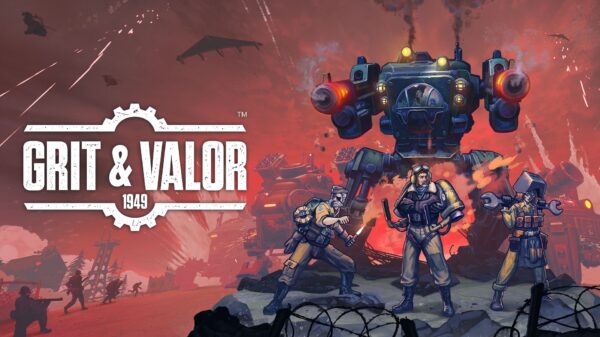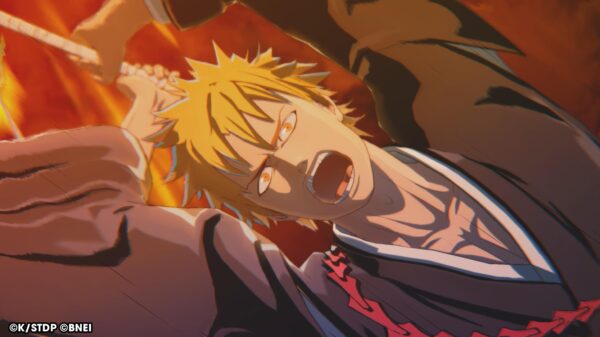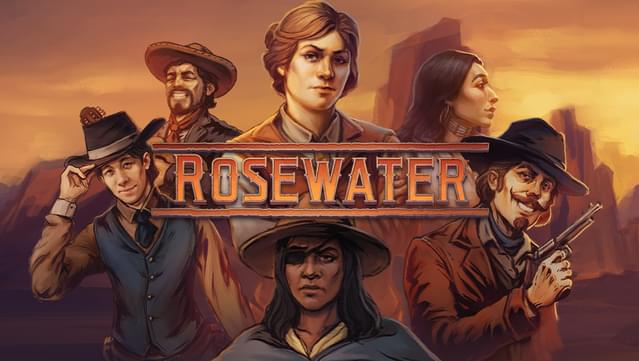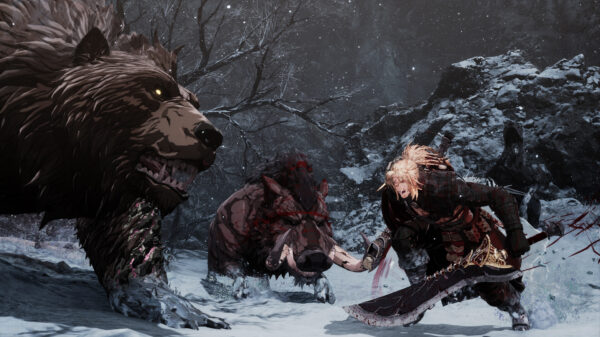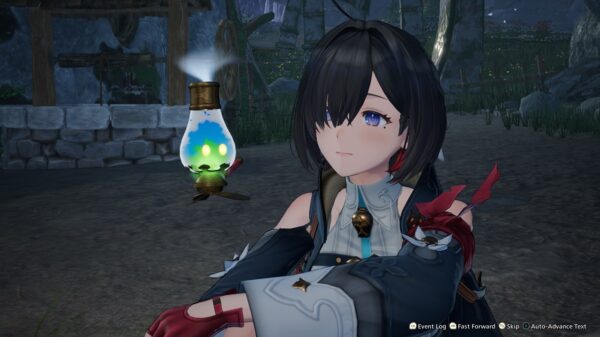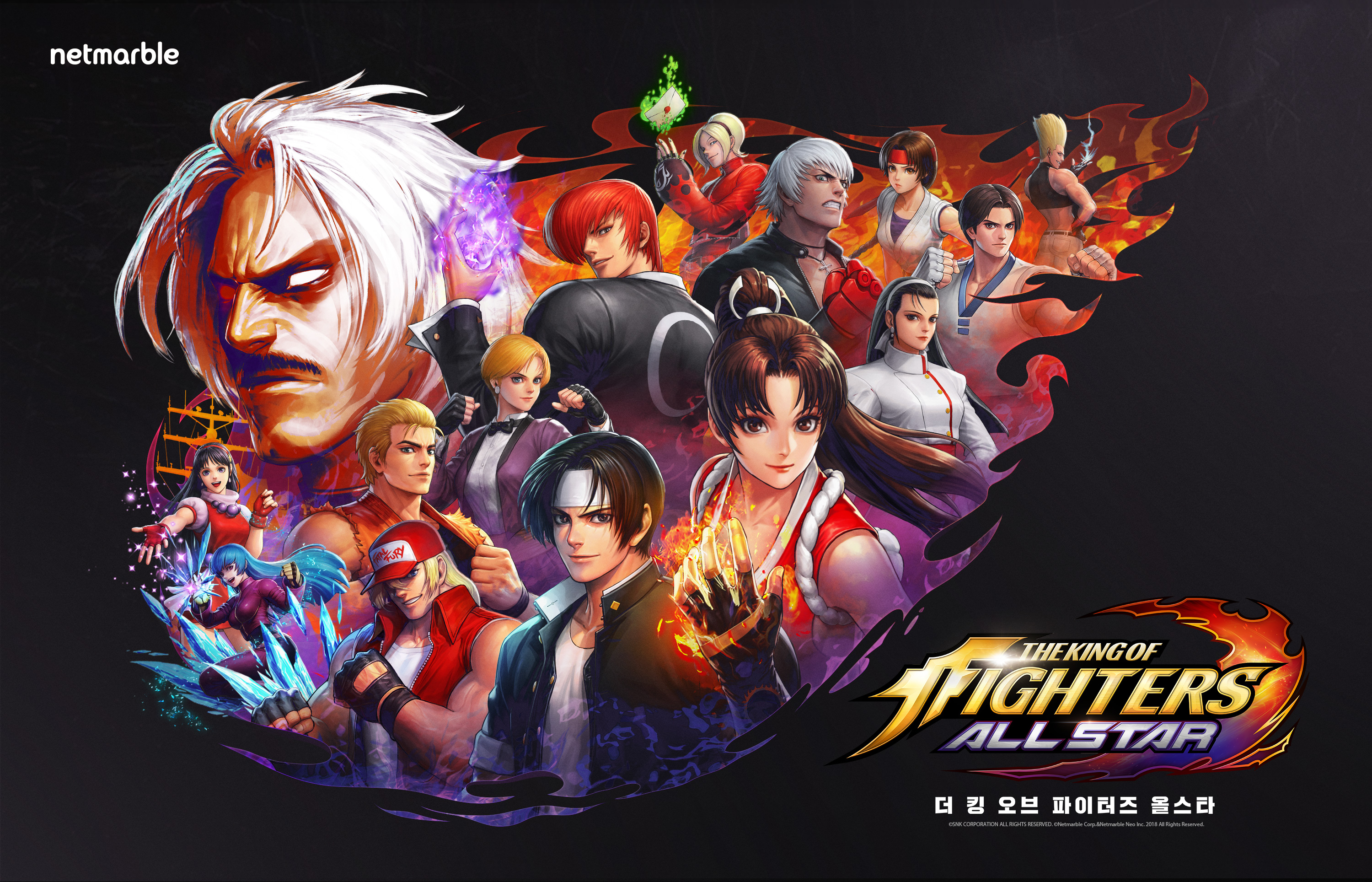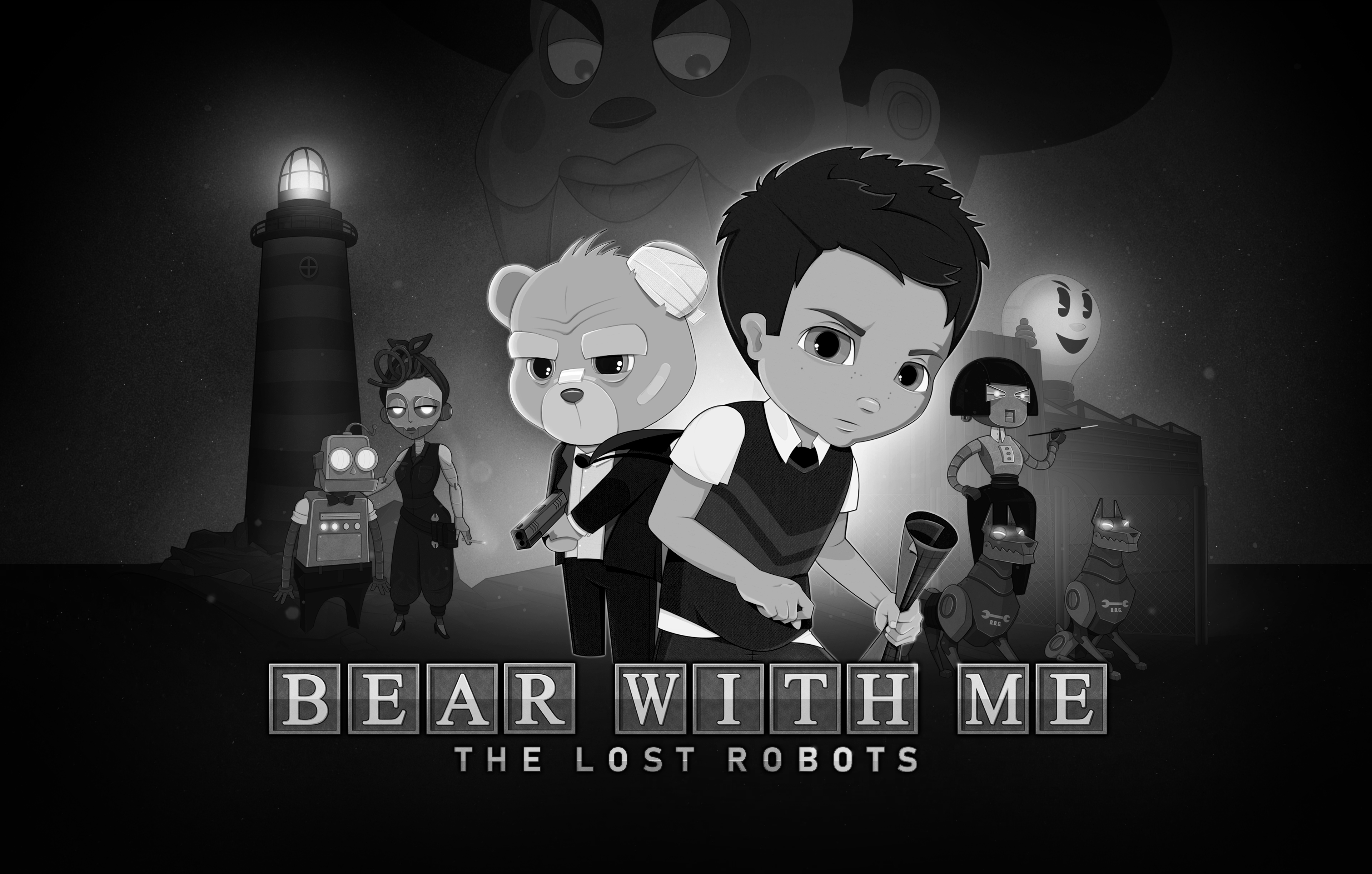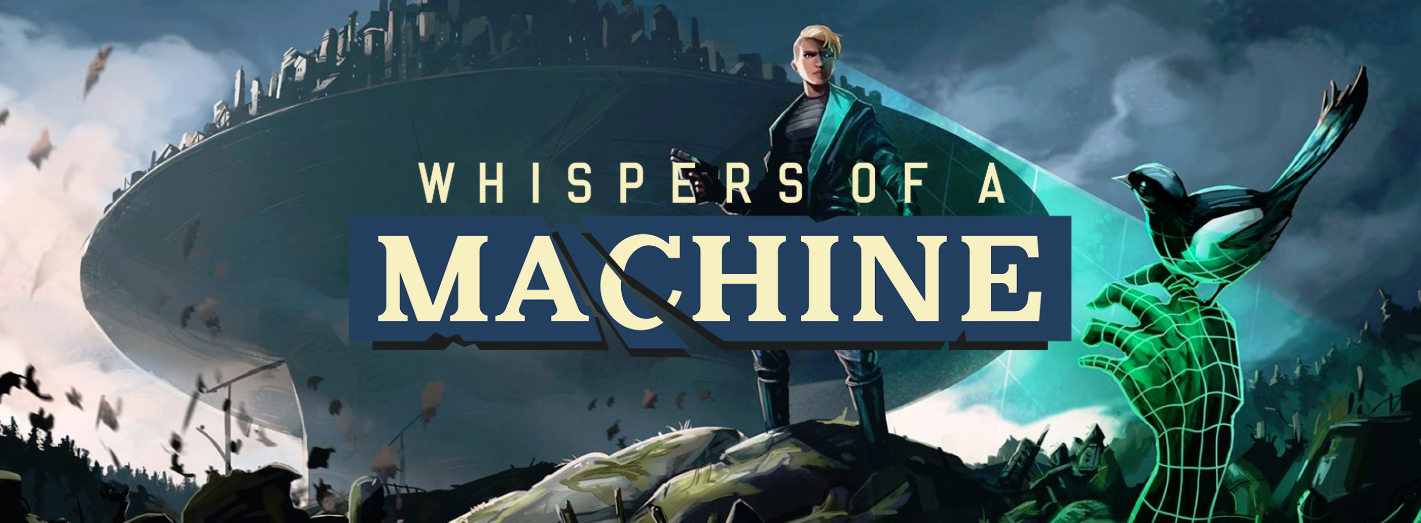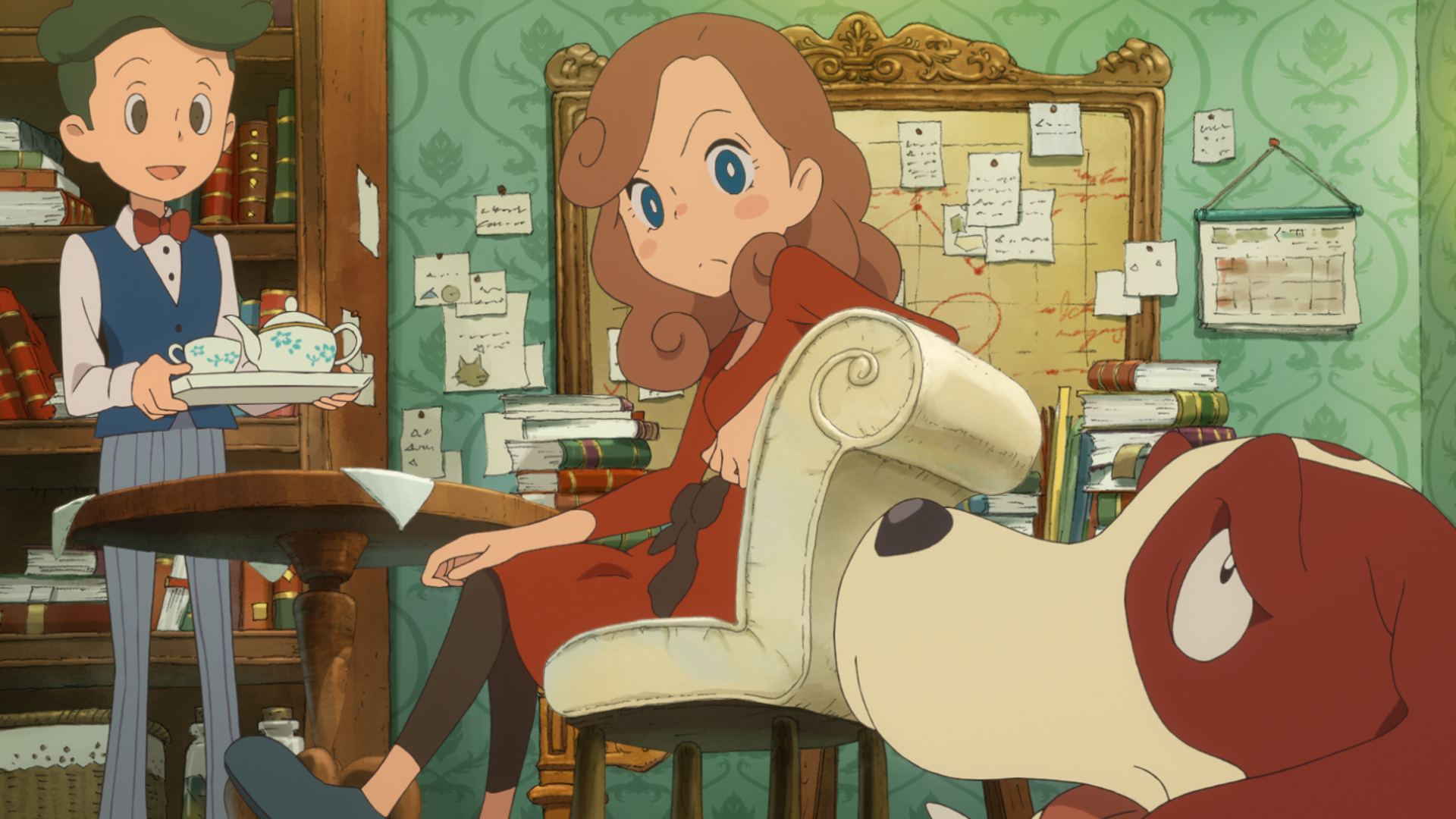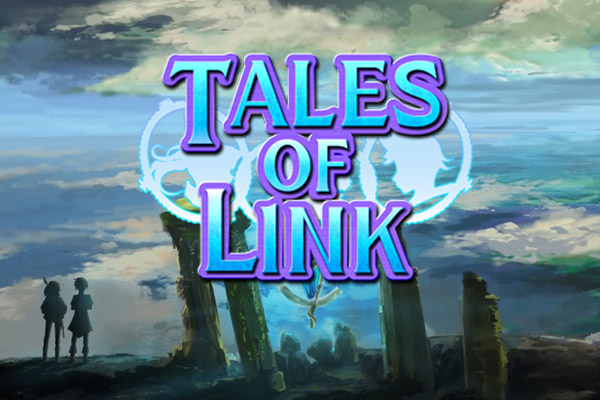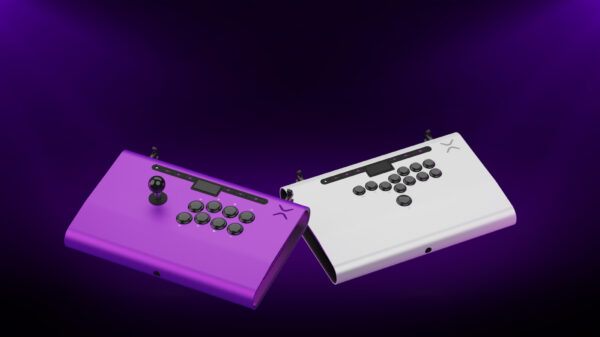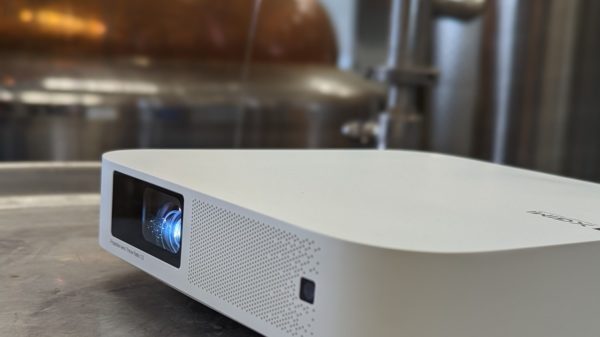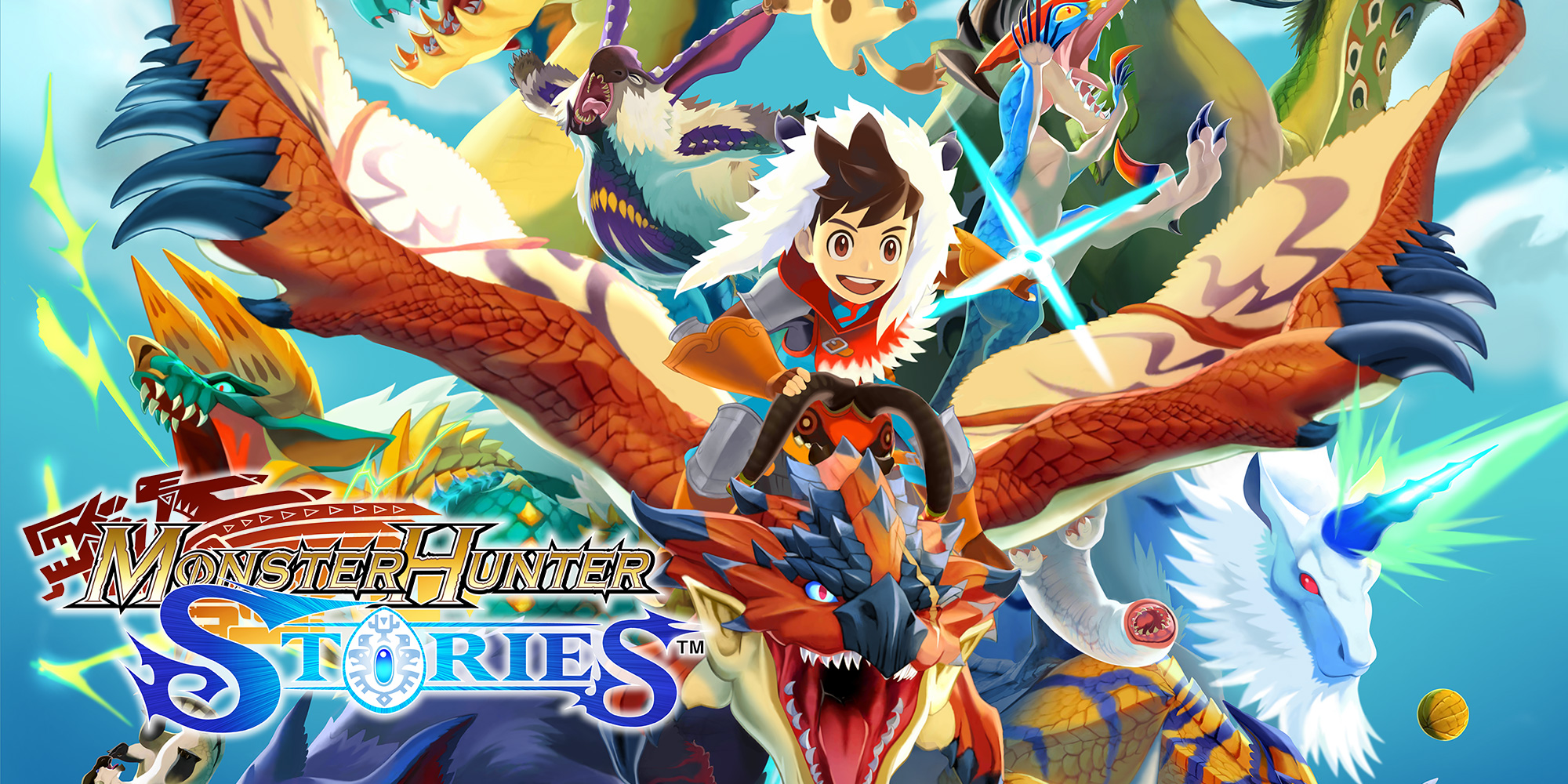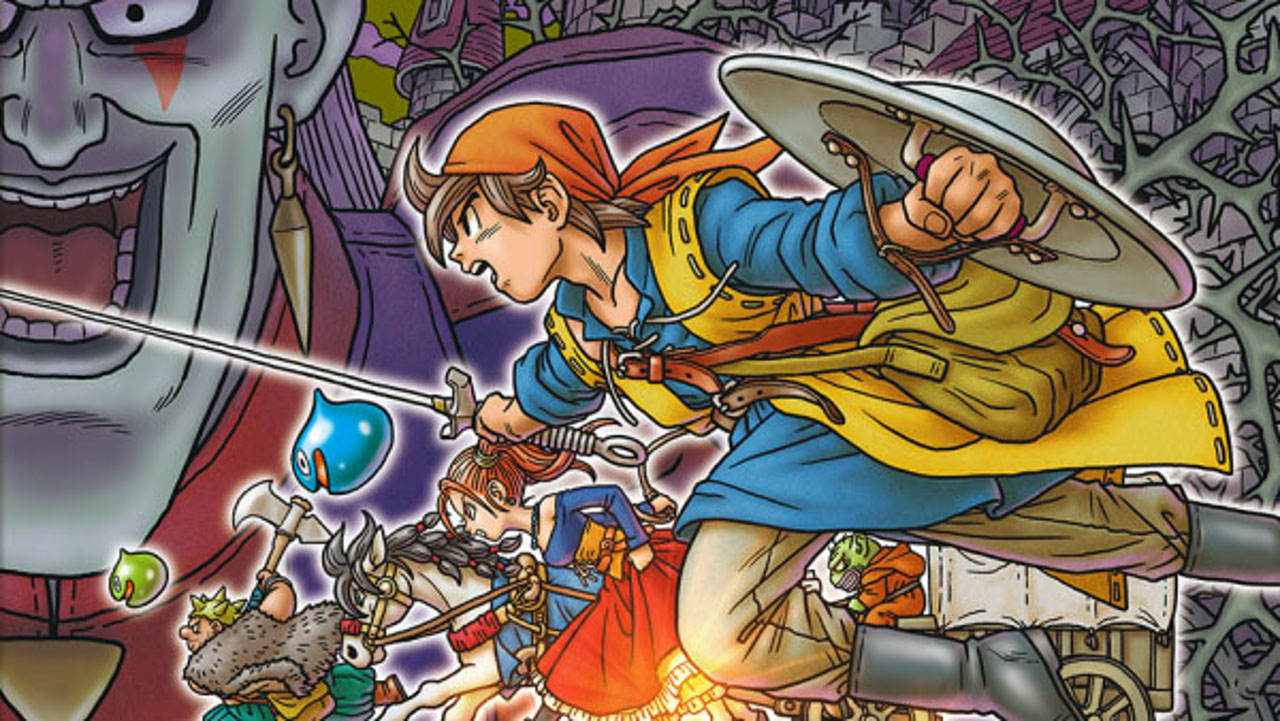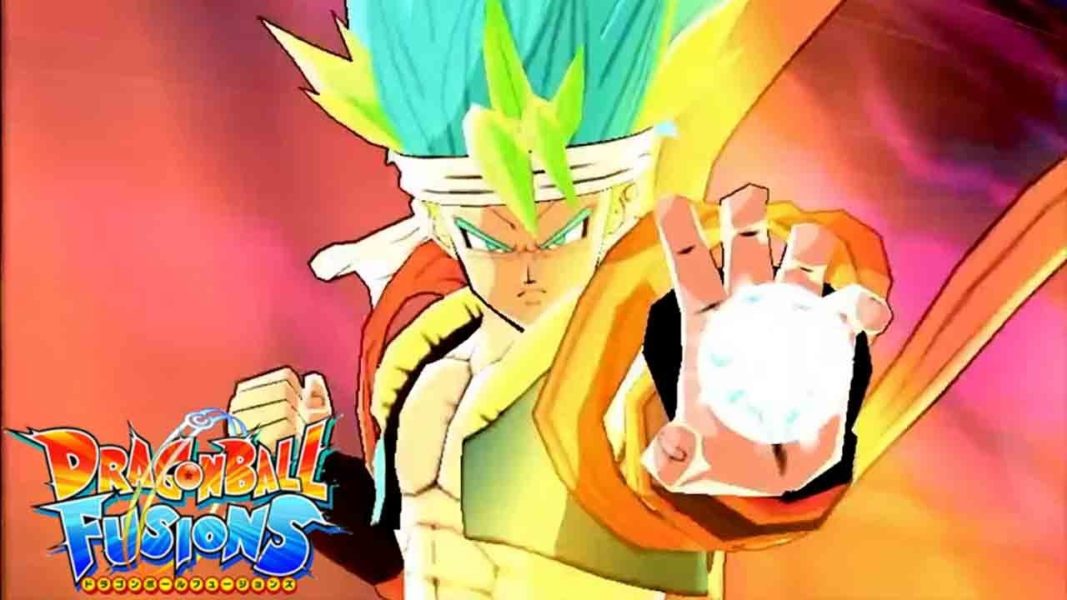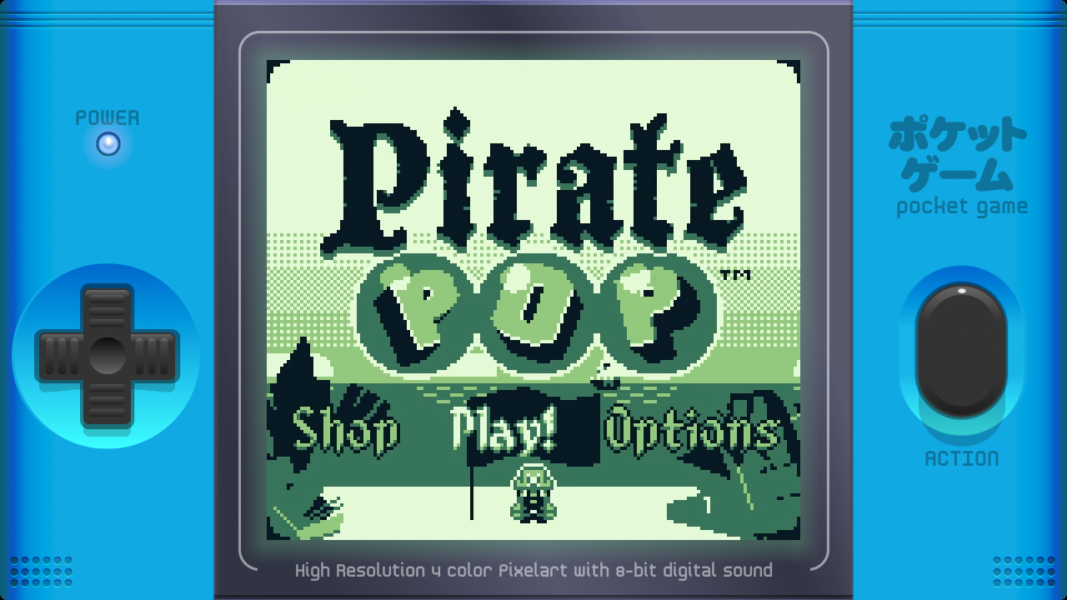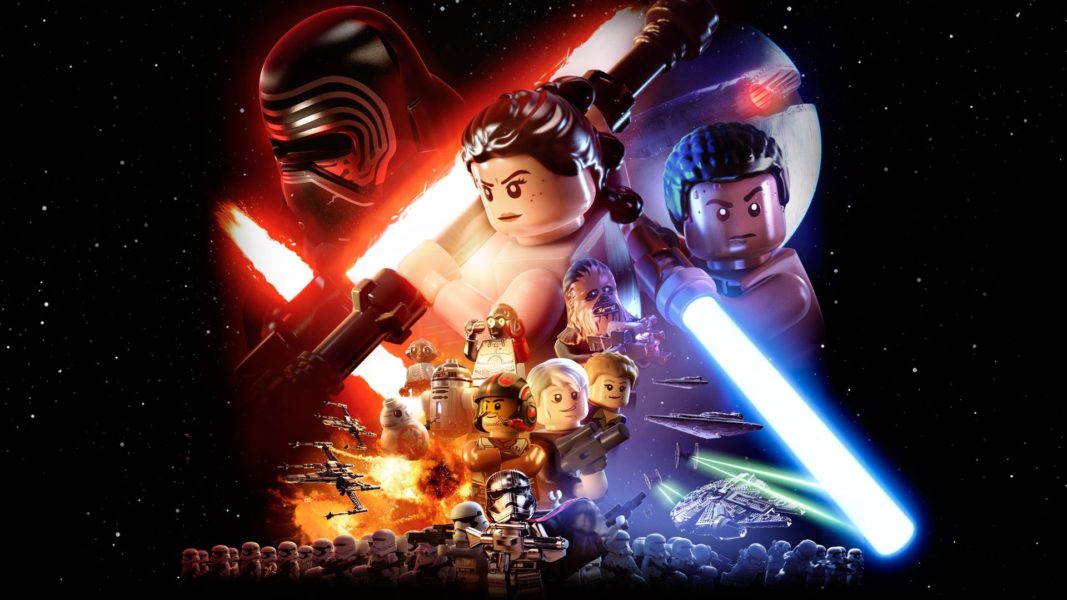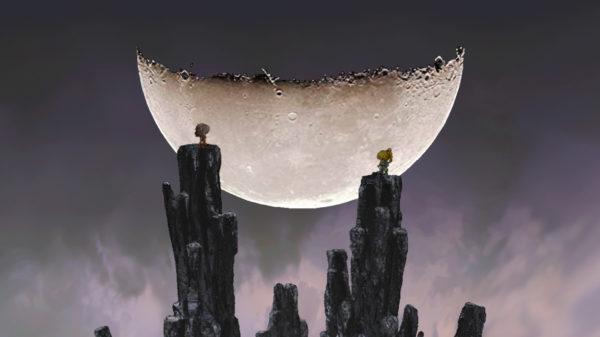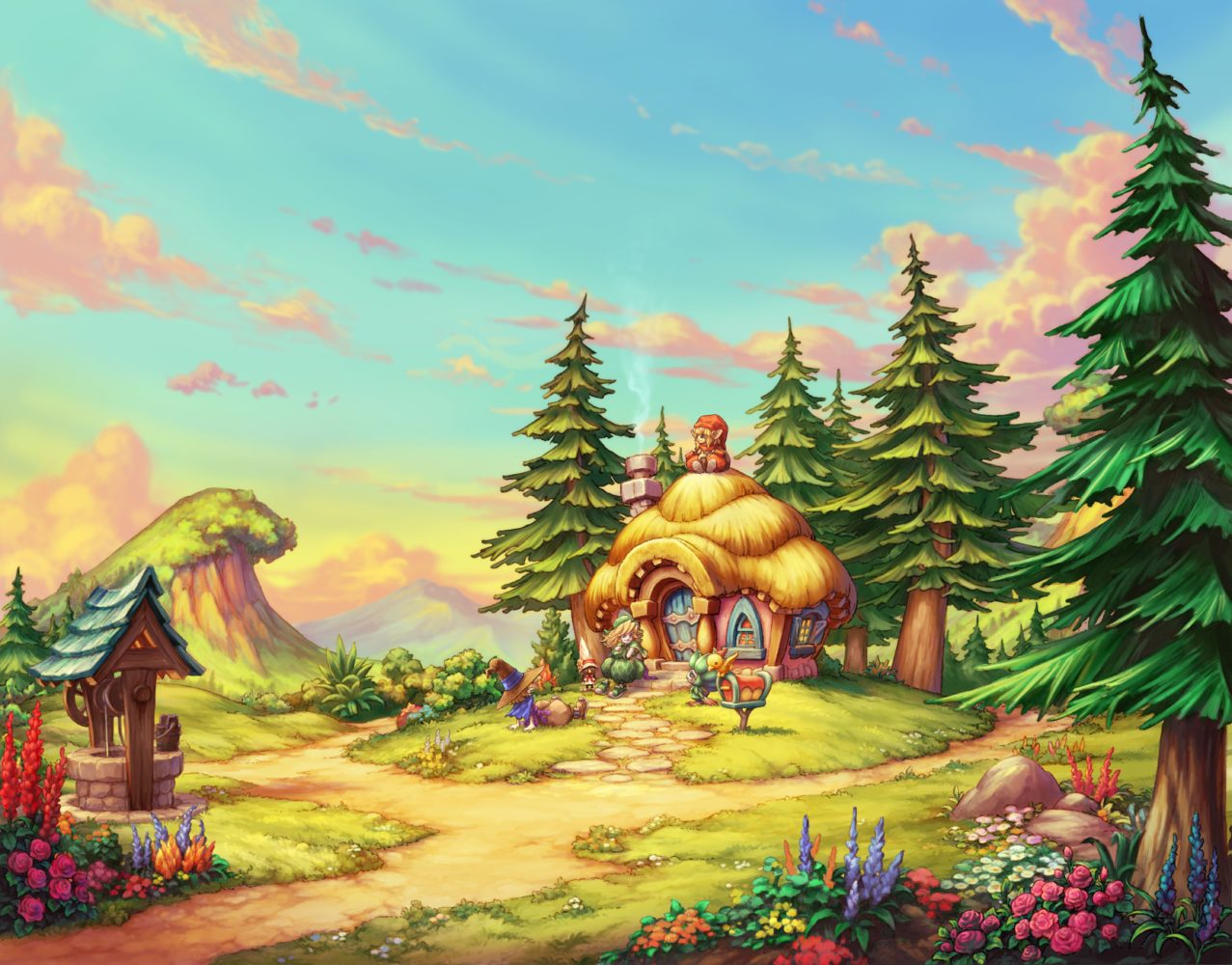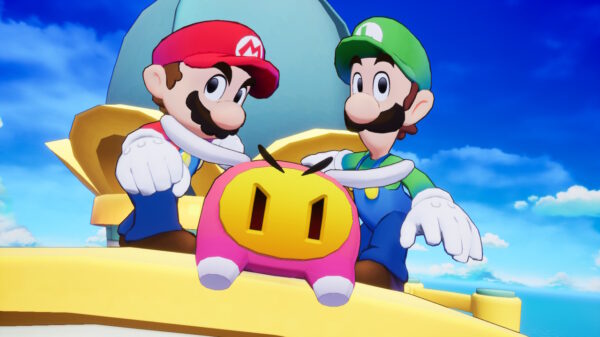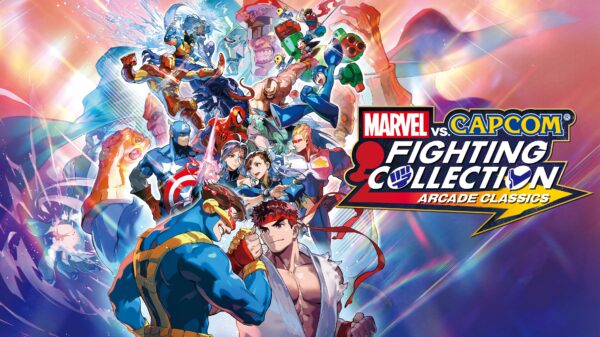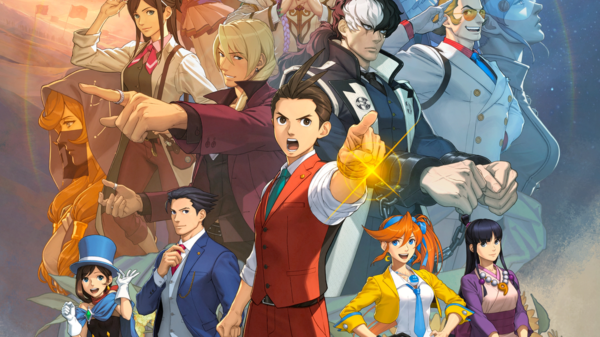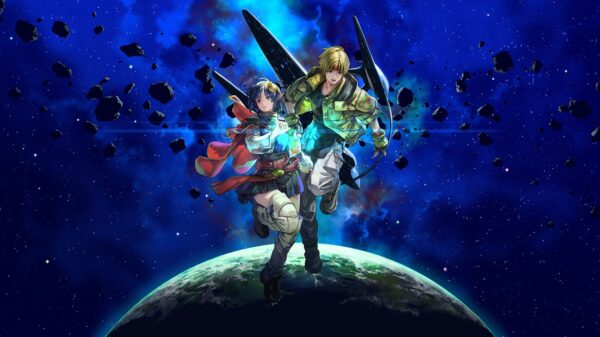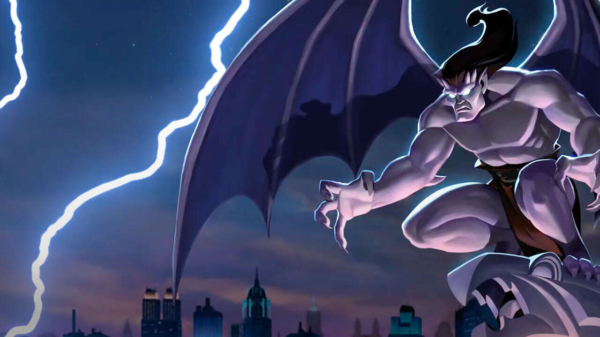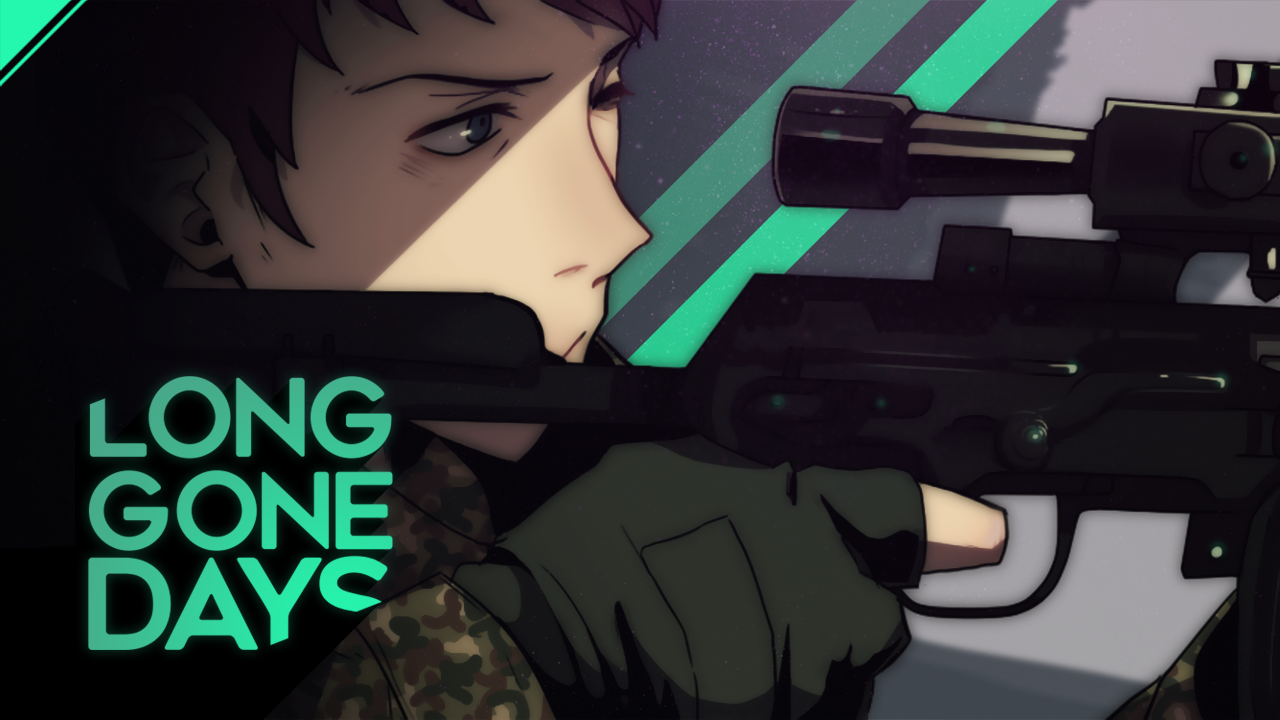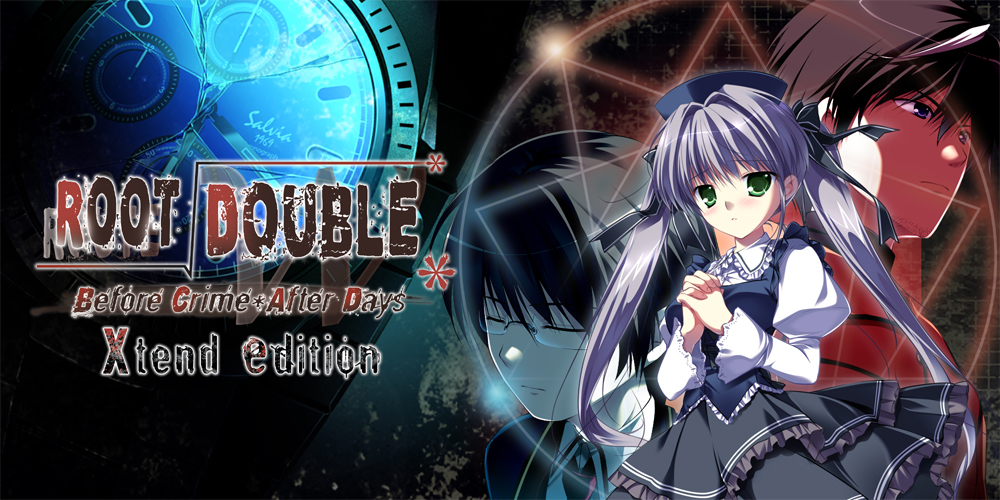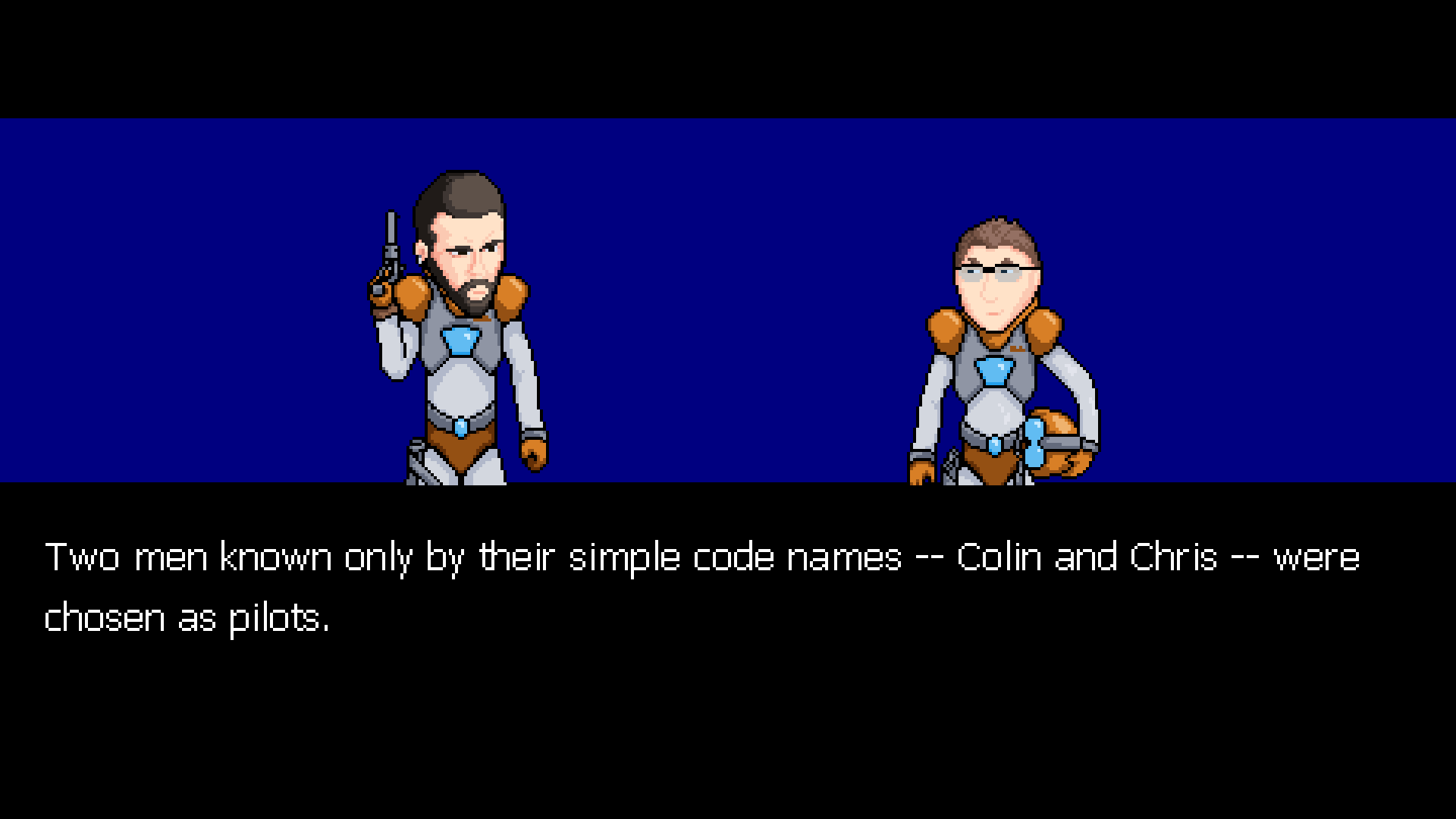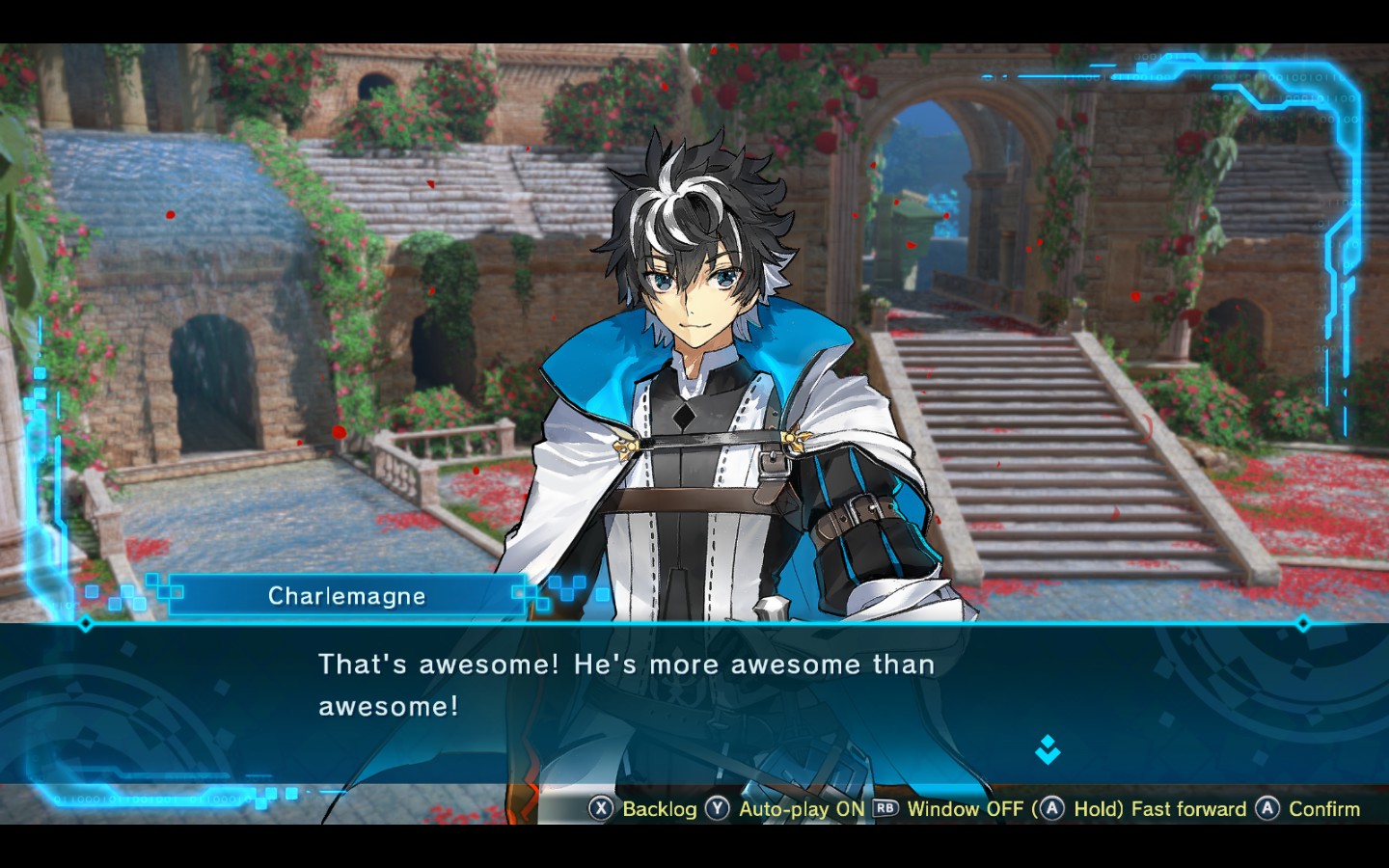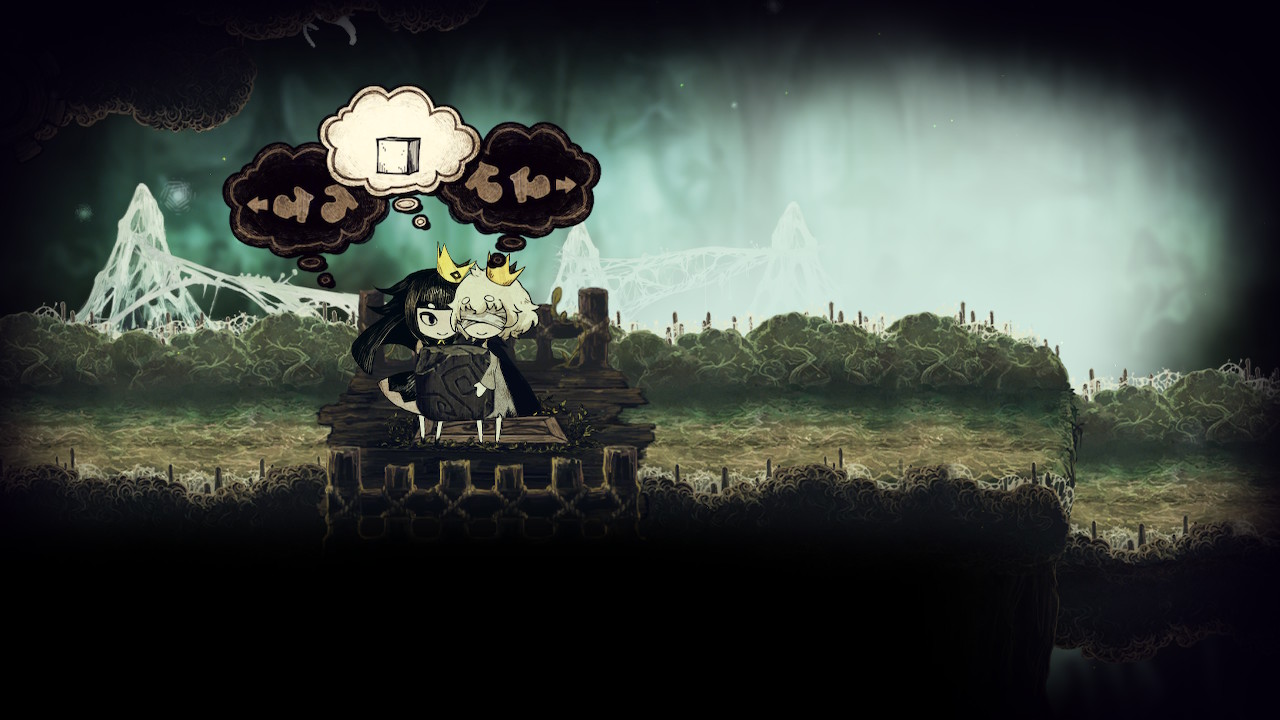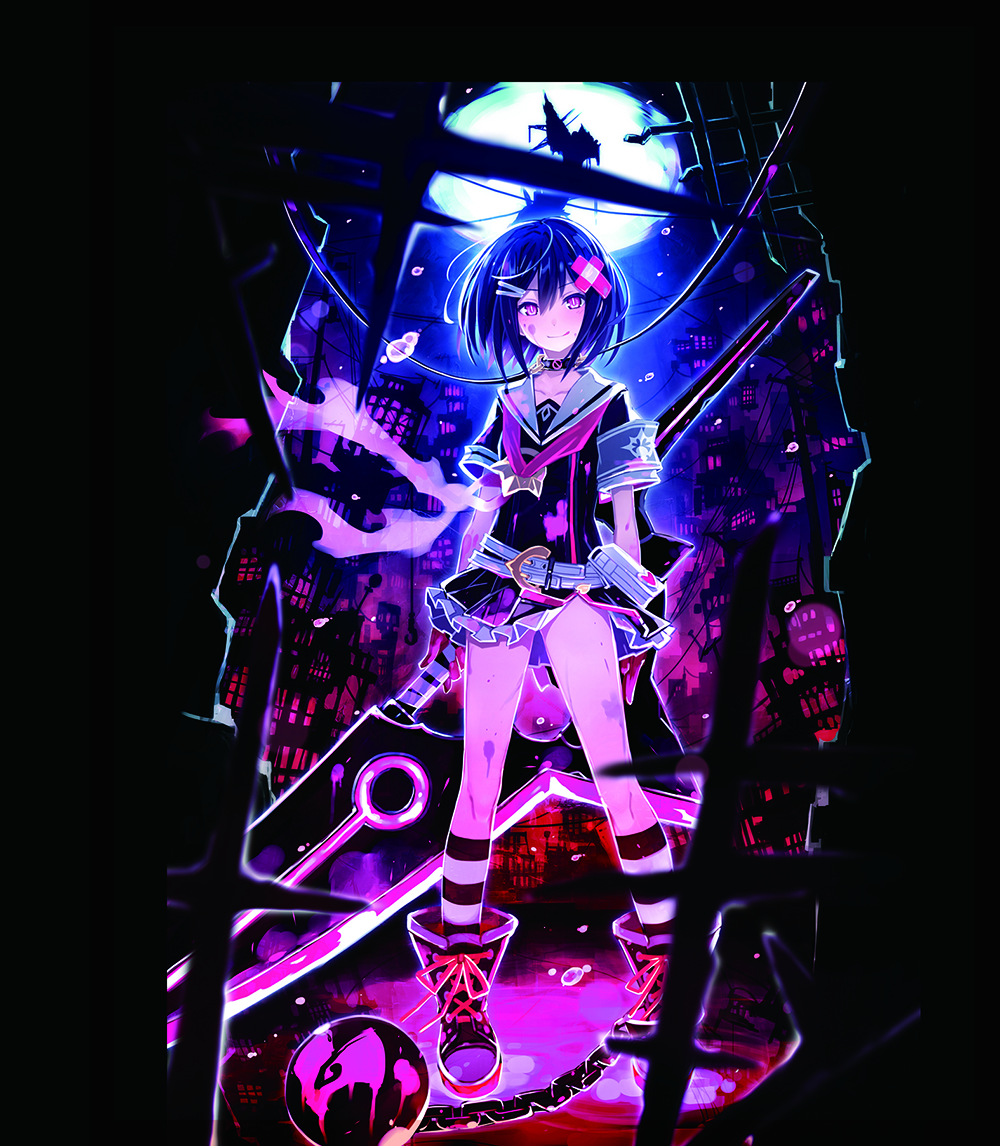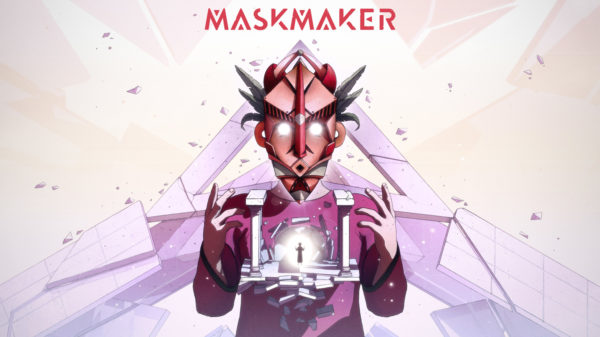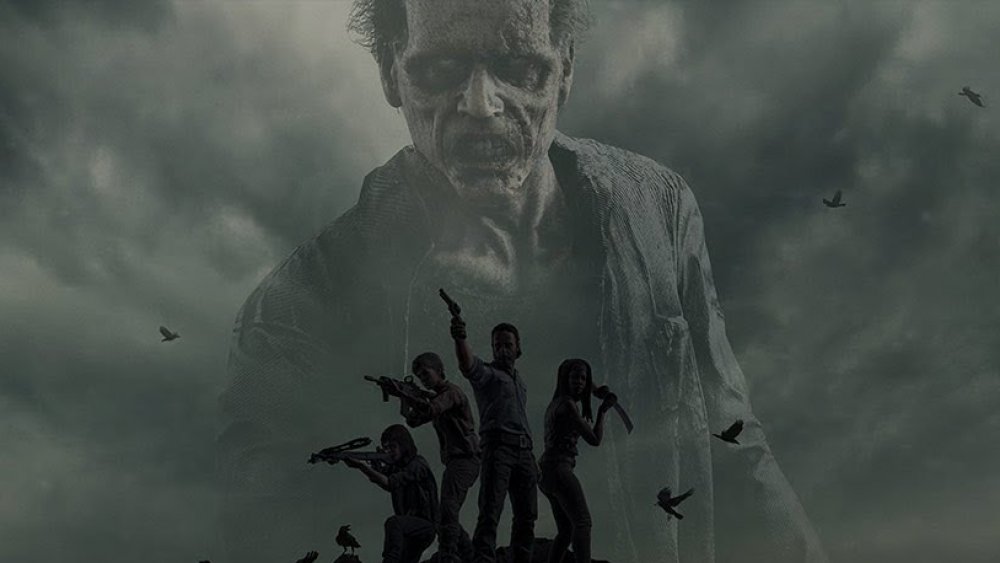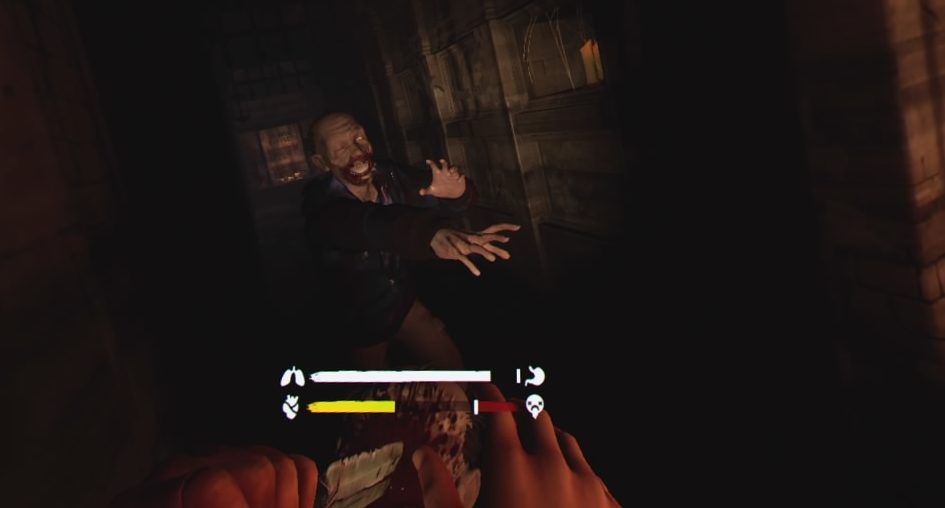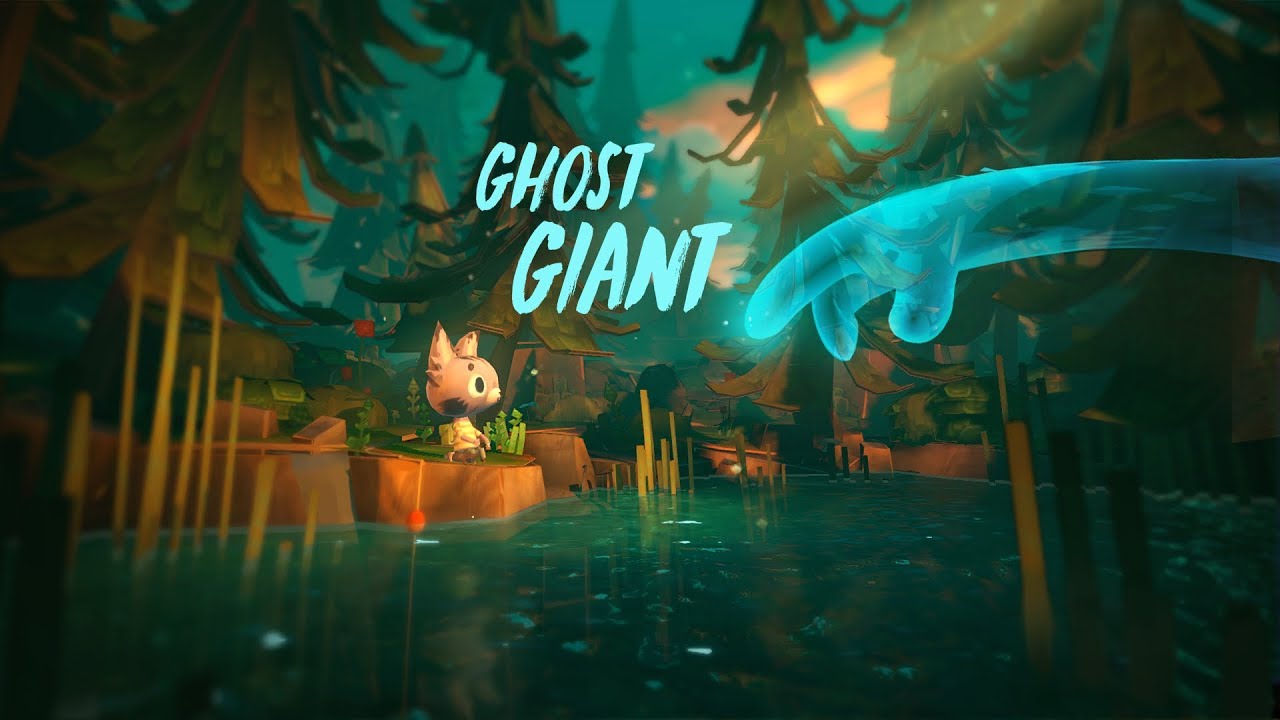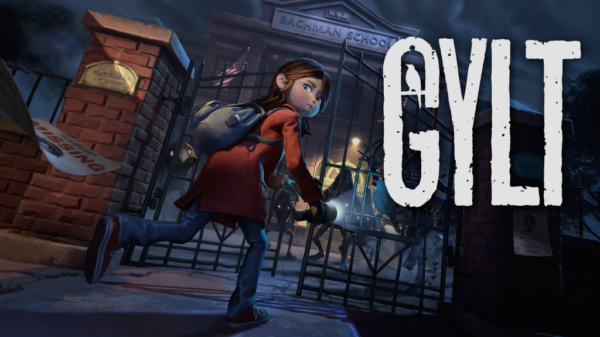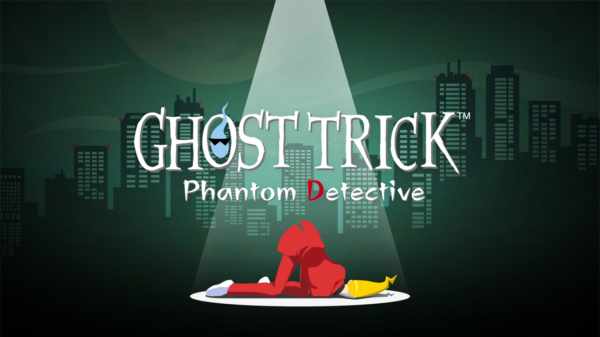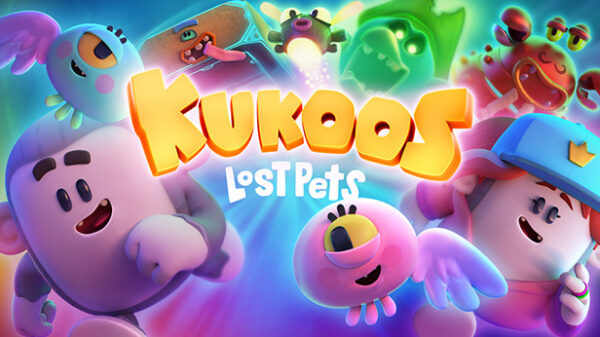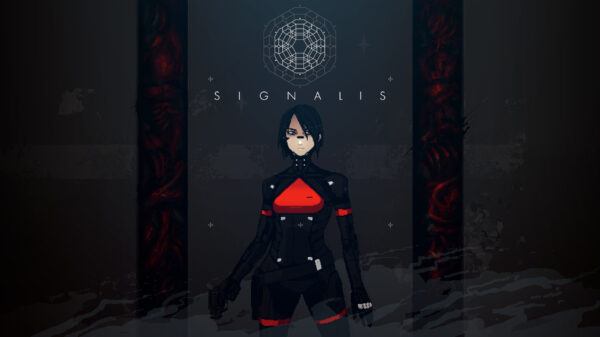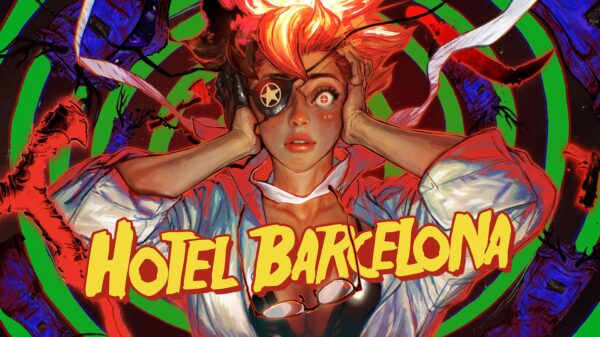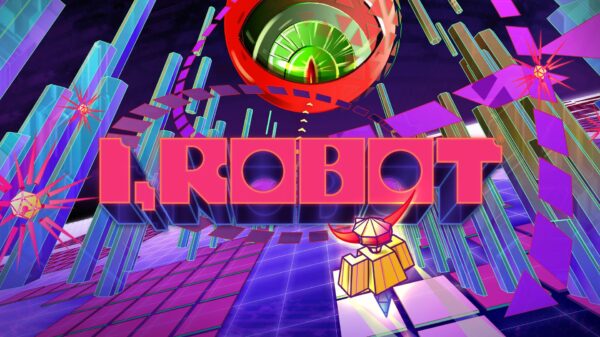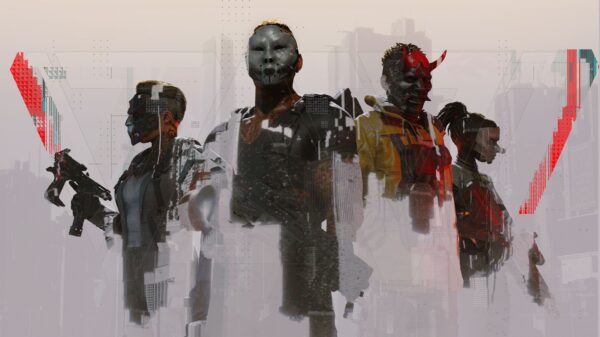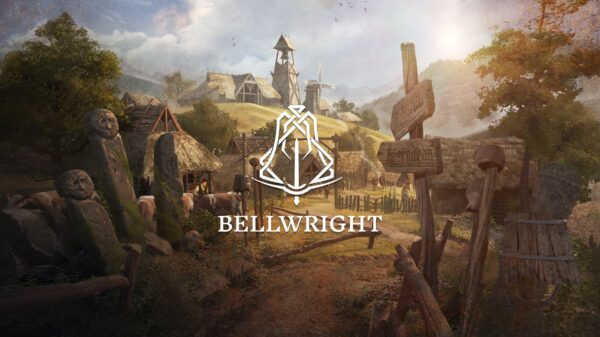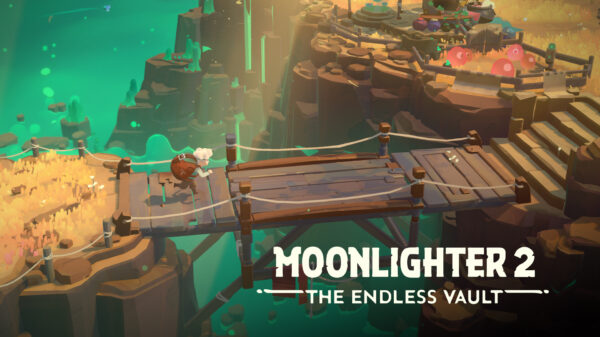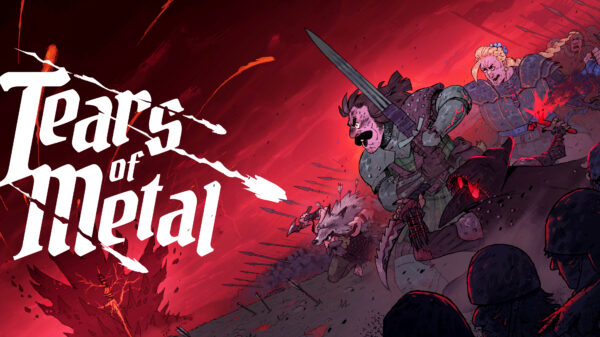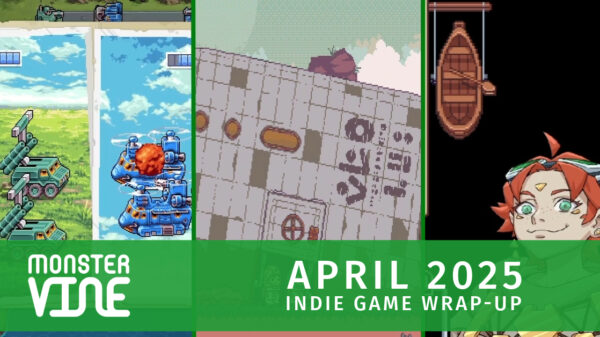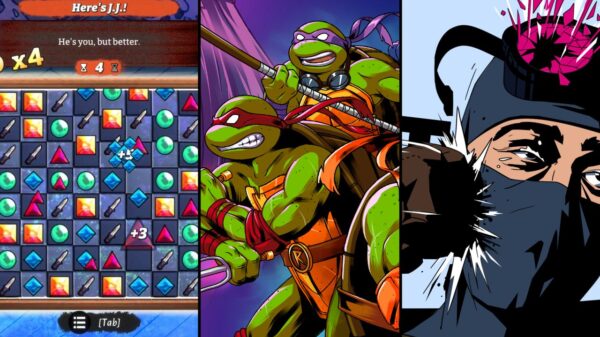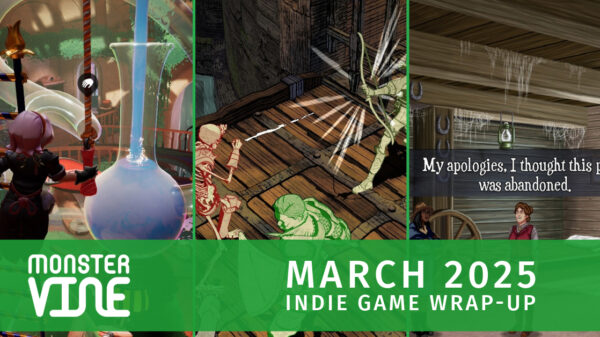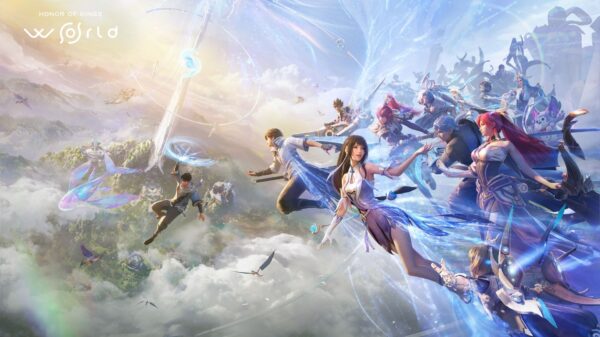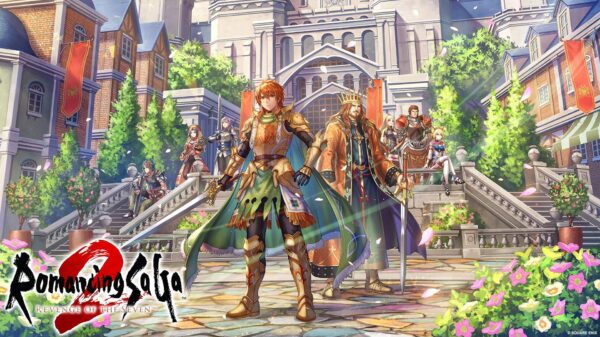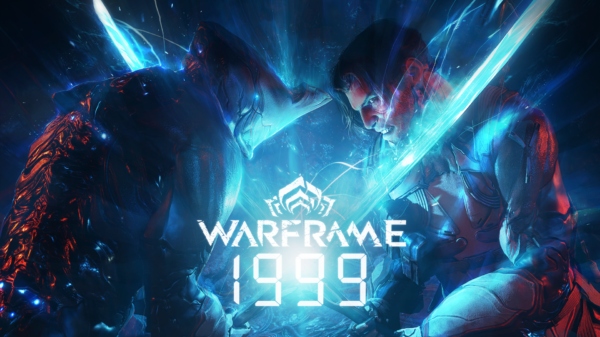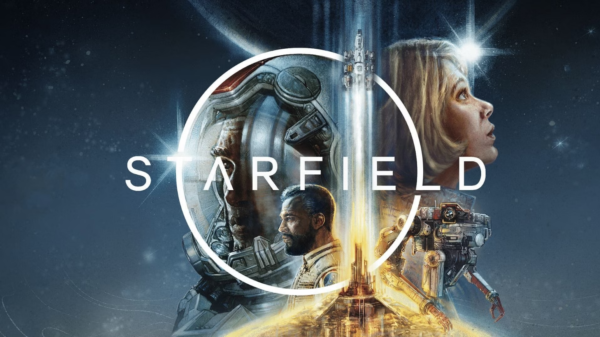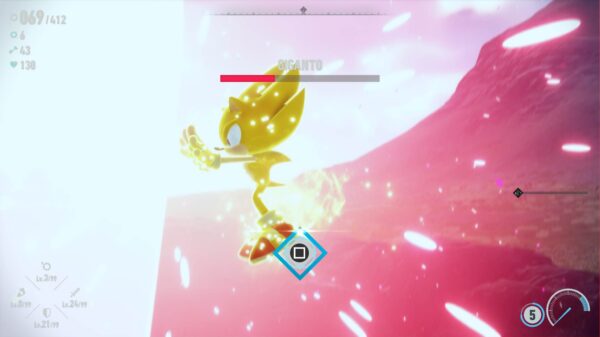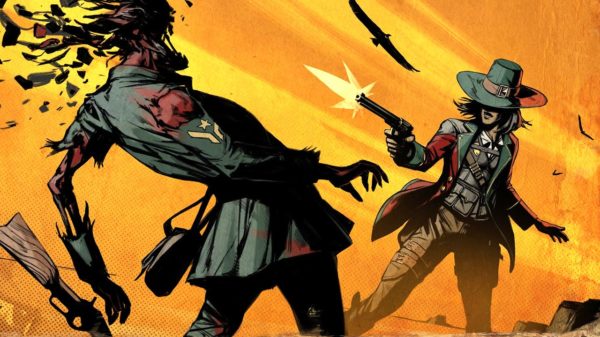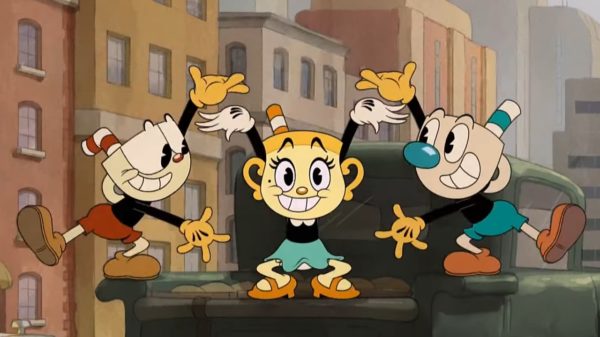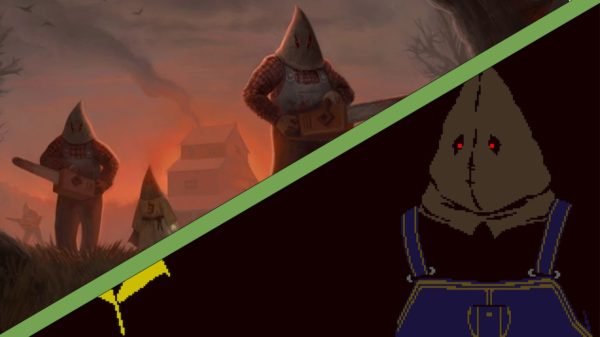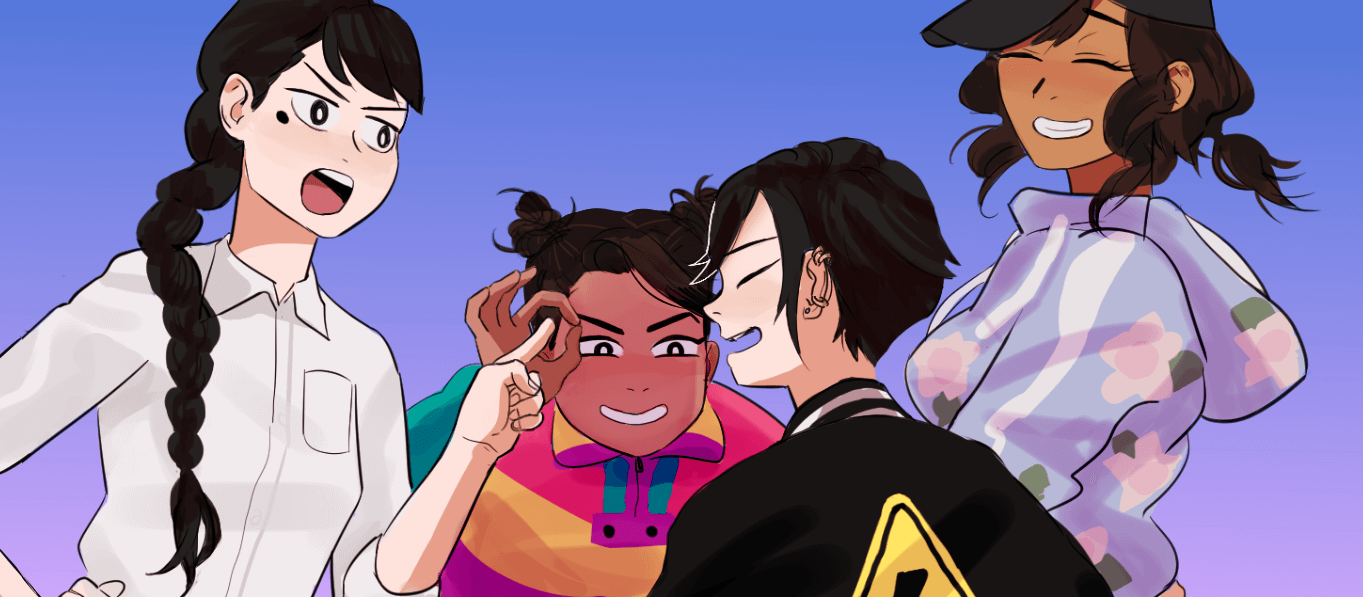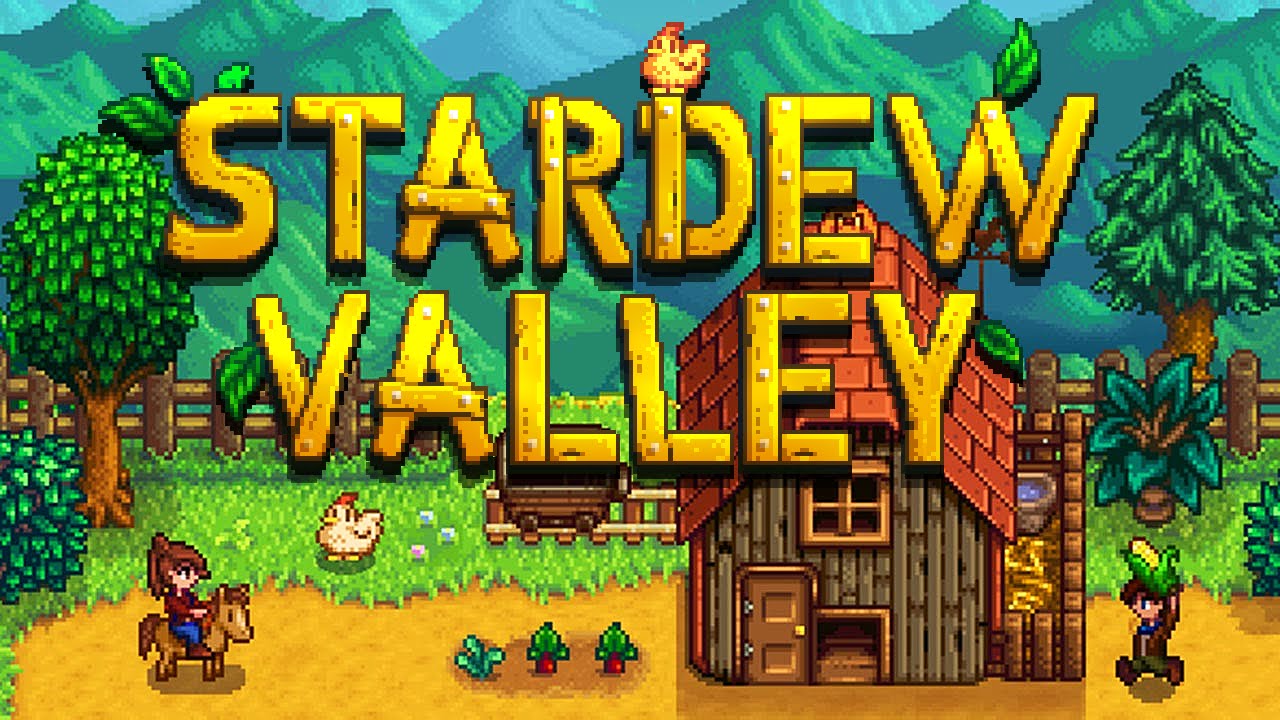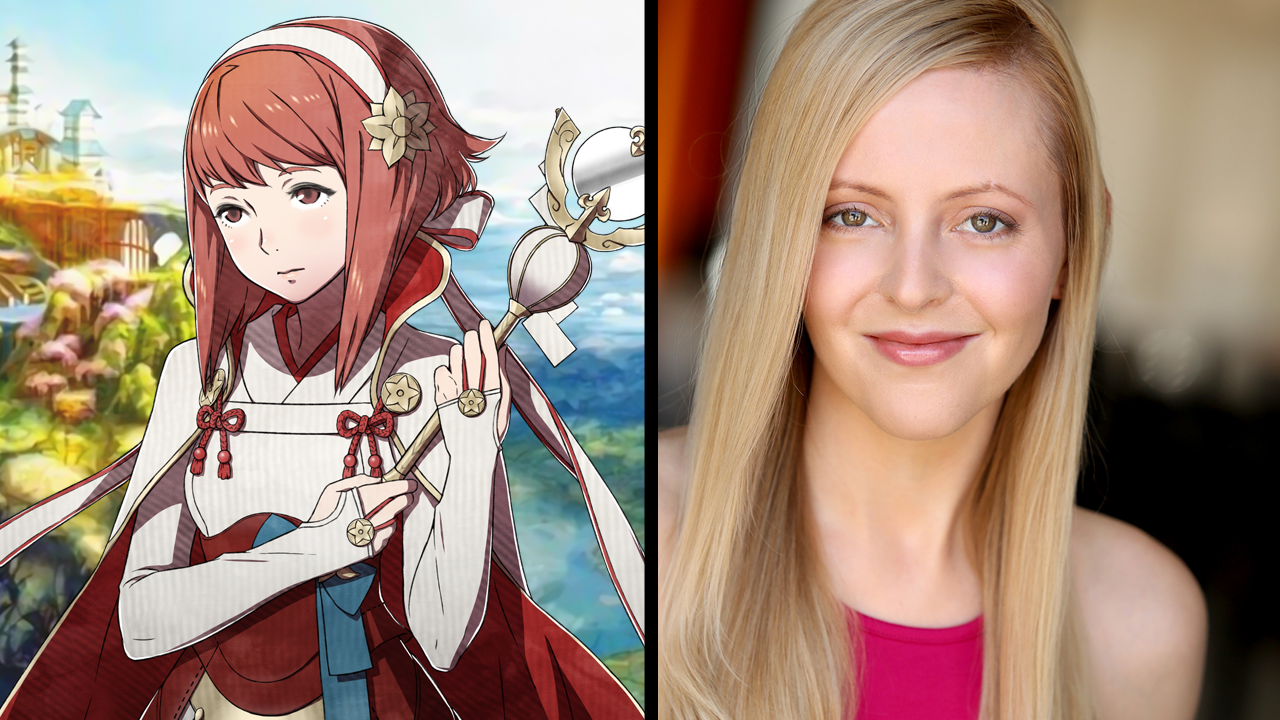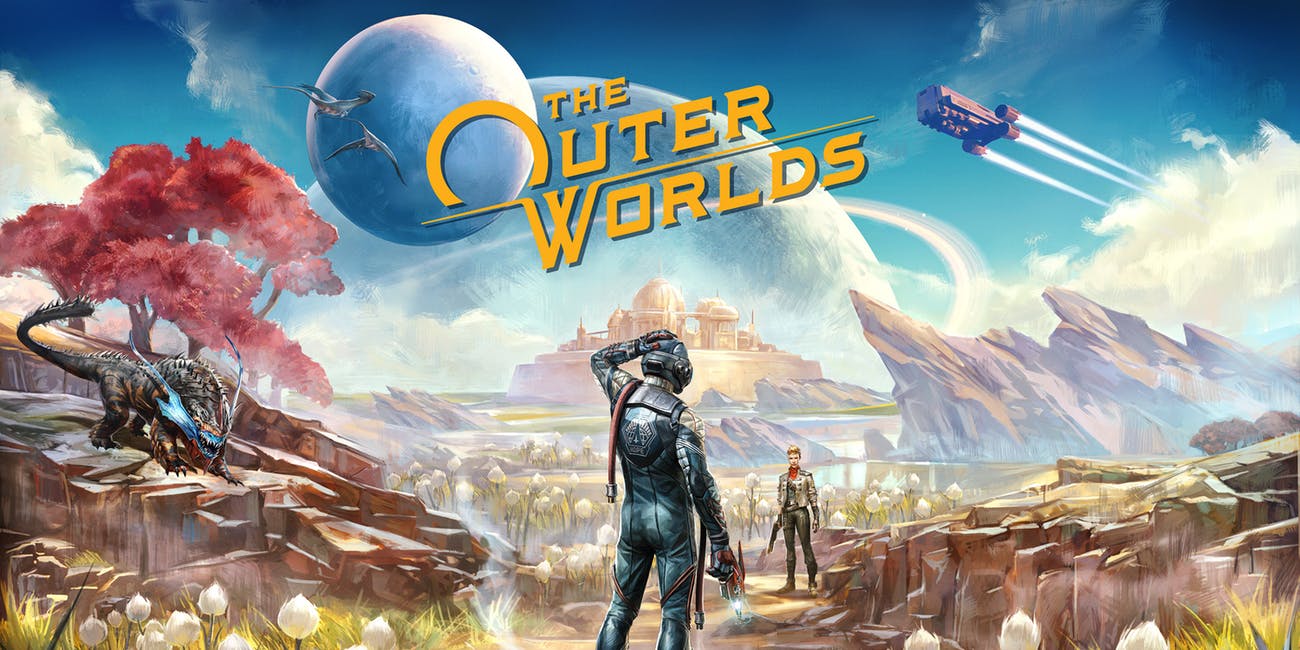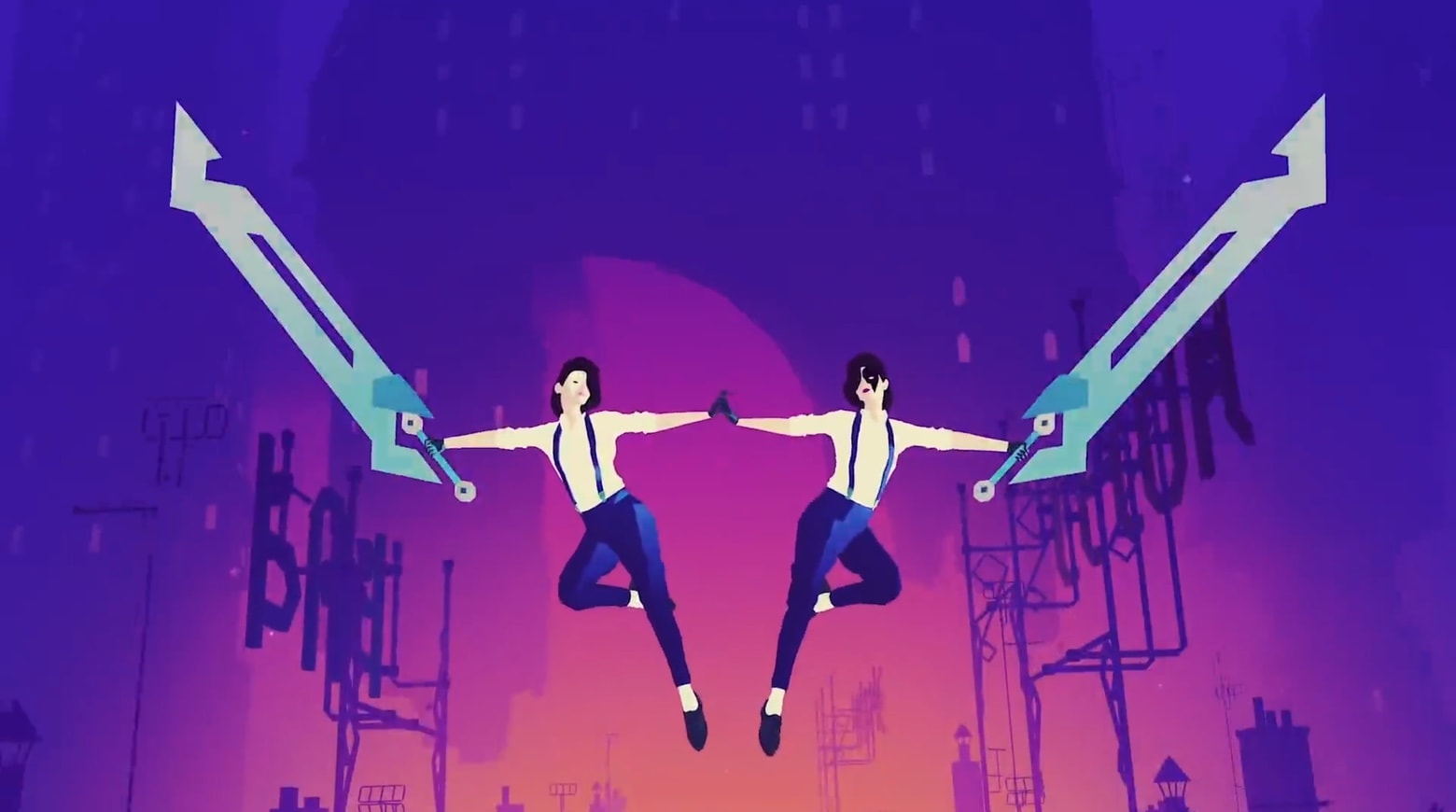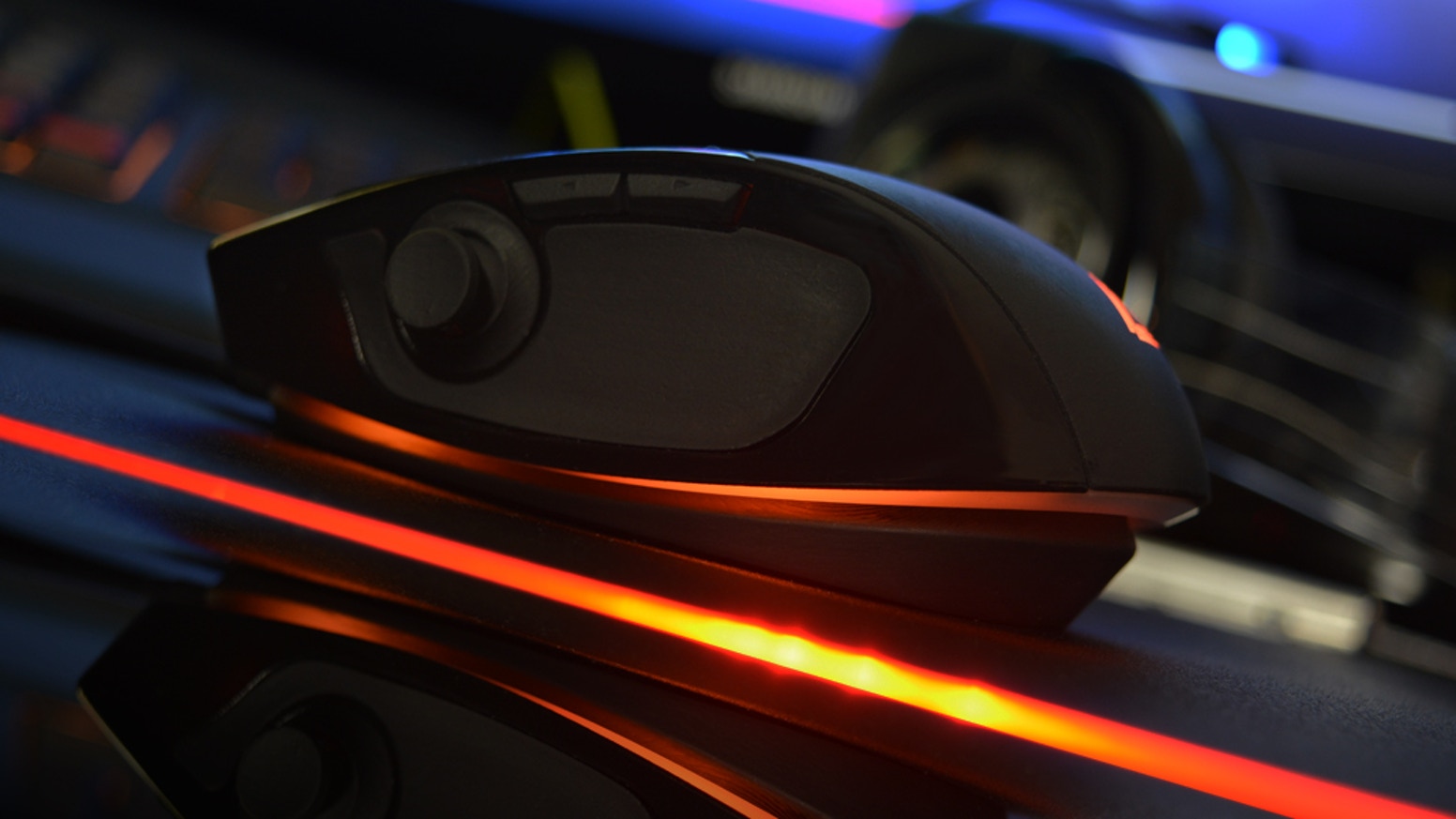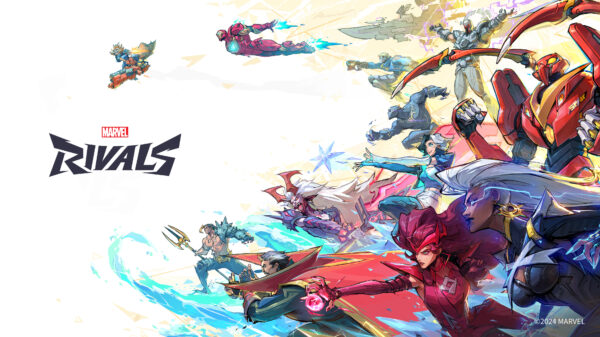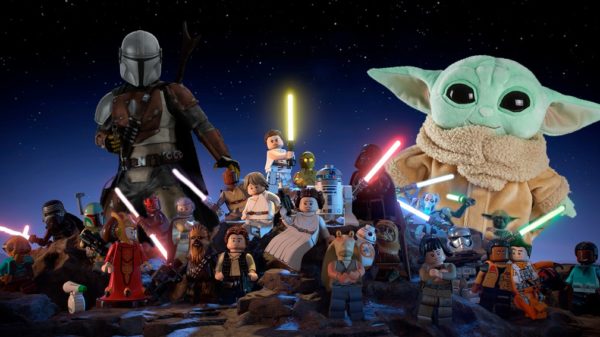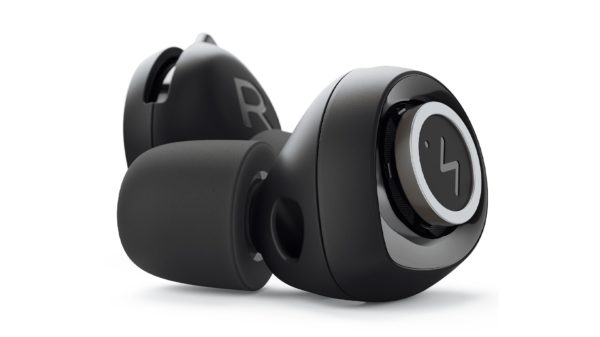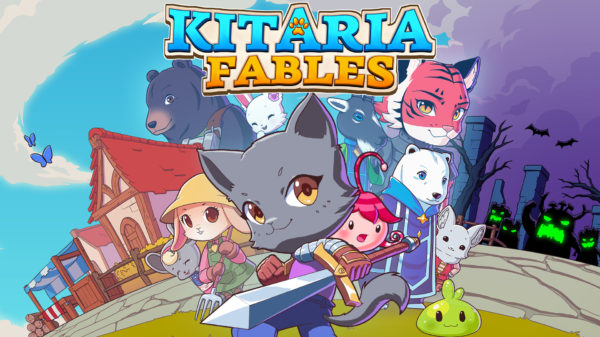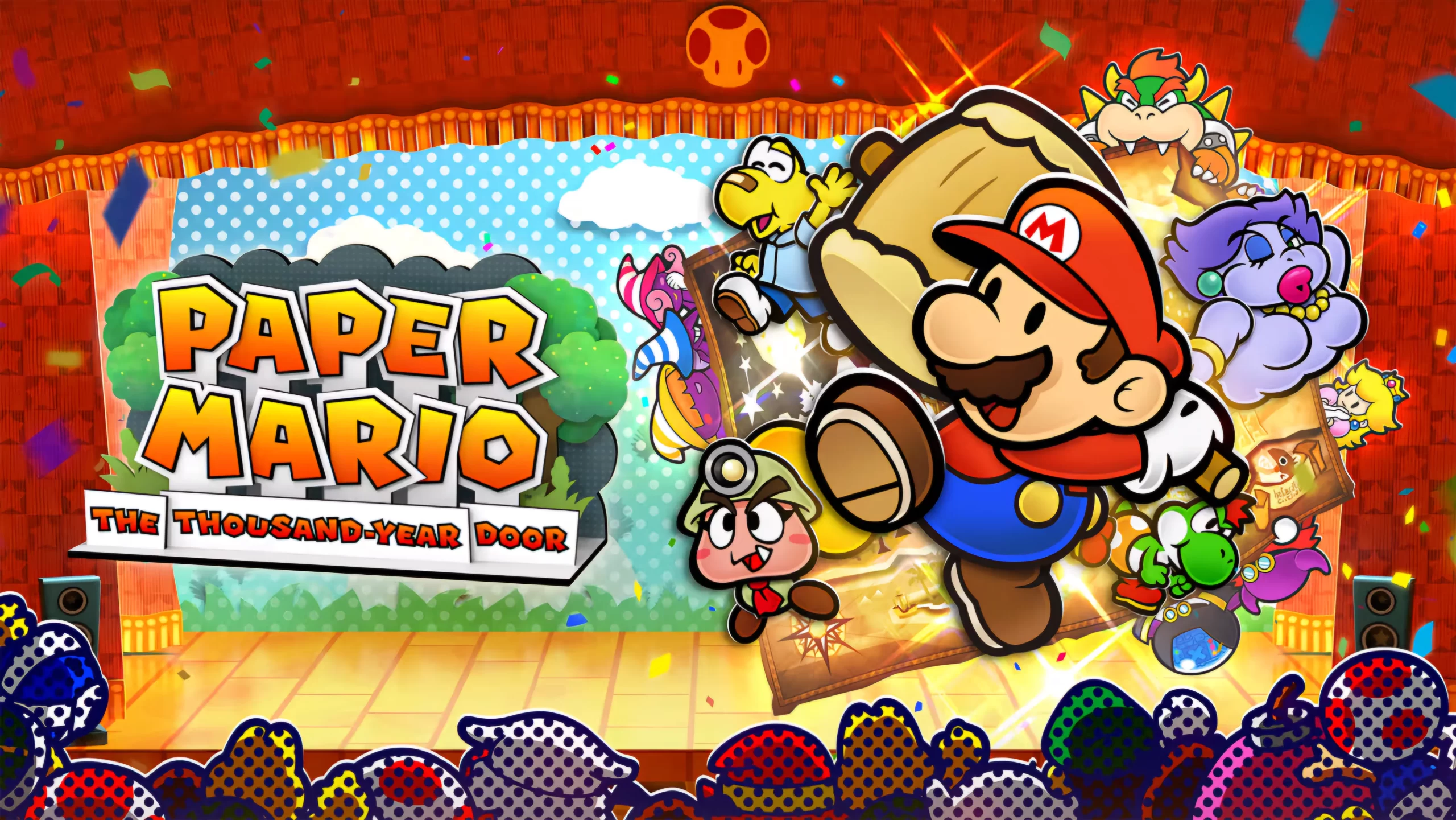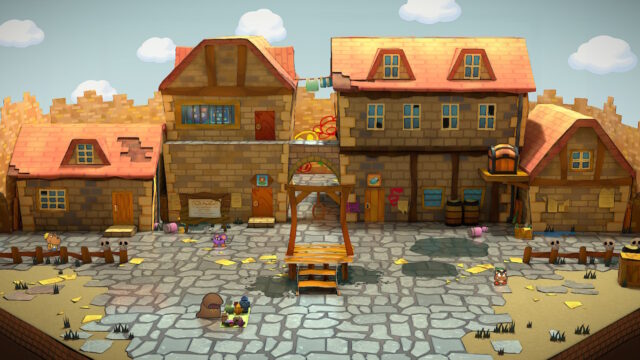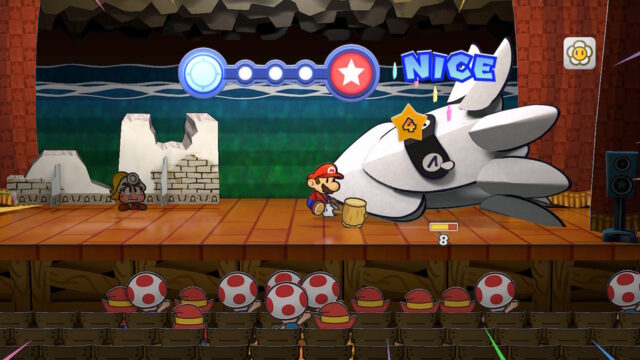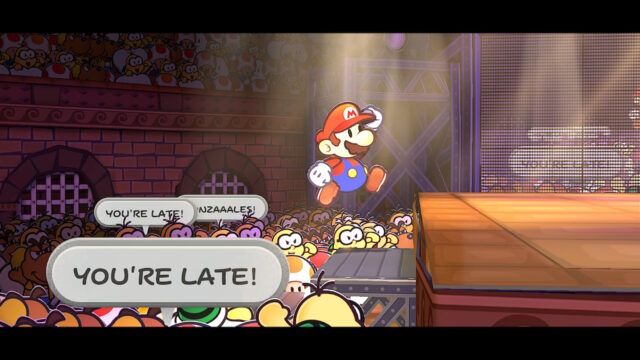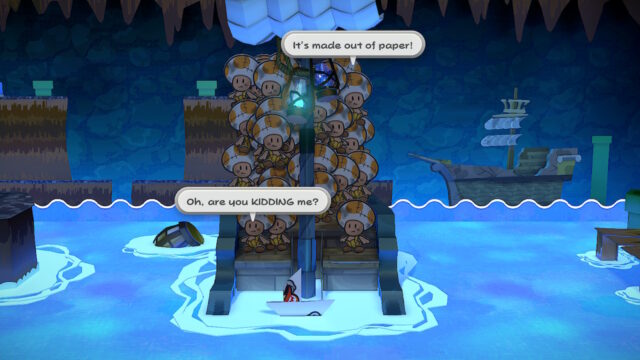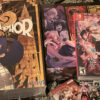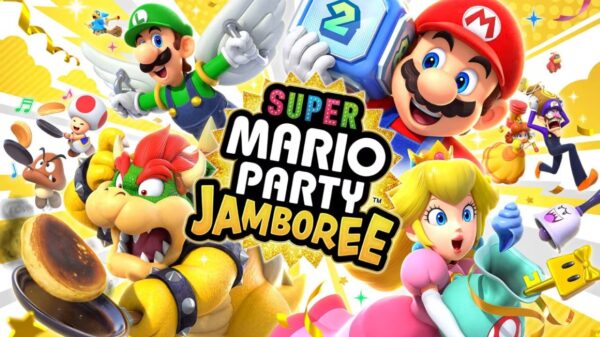I find it so hard to believe that Paper Mario: The Thousand-Year Door was developed by the same studio that made Paper Mario: Sticker Star. My only frame of reference for the Paper Mario series for the longest time was Sticker Star and Super Paper Mario. Regardless of how many times it was recommended to me, especially based on my love for the Mario & Luigi series, and of course, Super Mario RPG, I never bothered playing Paper Mario: The Thousand-Year Door. So it was a shock to play a game that was so beautiful, both graphically and musically, and to play a game that was just so good.
Paper Mario: The Thousand-Year Door
Developer: Intelligent Systems
Price: $60
Platforms: Nintendo Switch (reviewed)
MonsterVine was provided with a Nintendo Switch code for review.
Something about Paper Mario: The Thousand-Year Door just feels complete. It’s not any more or less open or big than other RPGs, nor are the side-quests much beyond fetch quests or riddles, but everything feels very intentional. From the moment Mario steps foot into Rogueport, you feel immersed in the Paper Mario world. Bob-ombs, Koopa Troopas, Goombas, they’re littering the streets and despite being sworn enemies, they’re there to color in the world for Mario. All of these familiar faces have you wondering why they don’t still make big Paper Mario RPGs of this caliber.
Mario receives word that Princess Peach found this crazy map that shows a door and beyond the door is a big treasure. She’s beckoning Mario to come to Rogueport to help her look for the key to open the door. As Mario sets sail, Peach is abducted by someone other than Bowser. Luckily, she sent Mario the map. Mario runs into one of my favorite characters in the game, Goombella, once in Rogueport and teams up with her and her Goomba professor to find the door, find the seven stars, and save Princess Peach. It’s not Planescape: Torment, but the set up is really solid for a Mario game and the seven stars are really just the friends we make along the way.
Though Mario doesn’t speak through his own mouth, he makes friends throughout the game who join him on his quest and speak for him. Goombella was one of the most important as she could tattle on an enemy, revealing its HP, and stats, and giving Mario small details that color in how best to fight the enemy. This was a killer touch because even though it essentially wastes her turn, it fills out the tattle log and prevents you from making mistakes like jumping on a Piranha Plant or taking too long to kill a Dry Bones. Beyond that, the partner’s abilities are fairly niche to battles around when you find them. However, they each have their own personality and have useful out-of-battle abilities.
For example, Koops, a Koopa Troopa that comes along with you, can be kicked into items to retrieve them or distant objects to activate them. One partner can blow really hard to reveal hidden rooms and objects, you get the idea. Paper Mario: The Thousand-Year Door does a really good job of peppering these extra areas throughout the game. Nintendo typically excels at level design and TTYD (The Thousand-Year Door) is no exception. Your first time visiting the aforementioned Thousand-Year Door takes a decent trip through Rogueport’s sewer system. Once Mario has picked up a few upgrades though, the trip becomes much speedier as you break down walls, reveal helpful objects, etc…
Battles are turn-based and utilize battle actions. For those unfamiliar, battle actions occur after you’ve selected a type of attack. Mario can attack by either jumping on the enemies, the way we’re probably most familiar with seeing him attack, or using his hammer. The hammer, of course, is a relic from his Donkey Kong days. If Mario chooses to jump on an enemy, the A button will show up on the screen indicating that you should press it when Mario hits the enemy, triggering a second jump. Hammers generally have you pulling to the left with your joystick and releasing when a star lights up, it’s like quick-time events but slightly less annoying. Both Mario and his partners utilize these battle prompts.
It’s truly exceptional how Intelligent Systems has created a Mario world that feels very lived in and very Mario. Each chapter has you visiting areas connected to Rogueport and they all feel very Mario. Petal Meadows looks like it’d be World 1-1 in a modern Mario game, Glitzville feels like it belongs in Super Mario RPG with its arena and its emphasis on a cult of personality. TTYD even plays with gameplay expectations, setting you as the detective of a mystery in Chapter 5, which takes place on a train. All of this amounts to a cohesive experience that’s comfortable with its pacing and worldbuilding but keeps you guessing both in and out of battle.
My biggest issue with the pacing would be the Glitz Pit in Glitzville, where the story takes place throughout Mario climbing the ranks in the arena. I love an arena, it’s always the highlight of my experience when playing a JRPG. TTYD’s 20-battle arena climb is a bit much. Whereas in other chapters I felt like things were moving along the entire time, this felt like a full stop, causing me some stress by dragging me on an unnecessary grind. Though I feel this is a massive shortcoming for this game, it was a mere bump in the road on the journey that was Paper Mario: The Thousand-Year Door.
It feels weird writing a review for a game that’s so old, especially considering the acclaim it received. My normal course of reviewing has me explaining familiar/unfamiliar concepts and peppering in my opinion on the game and their confluence of design throughout. With Paper Mario: The Thousand-Year Door, we already have a lot of that information and not much has changed. While there are a lot of little gameplay changes, the majority of changes aren’t noteworthy. There’s a new Warp Pipe room underneath Rogueport, every time you bring a star to the Thousand-Year Door, you can enter the warp room and a new pipe will appear. You’re stuck with the save slot you chose when starting the game, hitting the save block no longer asks you which save slot to use. Luckily, the Mario Wiki appears to have done a great job cataloging the changes but the majority of them, if played on release, would almost be fairly inconspicuous.
And while all of that may be disappointing or exceptional, depending on the type of internet person you are, it all amounts to the ultimate way to play Paper Mario: The Thousand-Year Door. It seems everyone has an opinion on how these remasters should be presented and, truthfully, this seems about right. The game is gorgeous, especially on a large television. It runs surprisingly well, considering most games don’t on the Nintendo Switch. The experience is updated without being watered down. I feel like if you’re interested in preserving the original experience, this is about as close as you’re going to get.
Not only is this the type of sequel you want for a series, this is the type of remaster you want for your game. It makes me curious if Nintendo is doing these faithful and absolutely stunning remasters to set up for an RPG revival. Considering the middling reception of The Origami King and Paper Jam, I wouldn’t hold my breath.
 The Final Word
The Final Word
Still, Paper Mario: The Thousand-Year Door’s remaster is an exceptional game, remaster, and tribute to a revered entry in a popular series. Sleeping on this entry, as an RPG fan, would be a big mistake.
MonsterVine Rating: 4.5 out of 5 – Great

